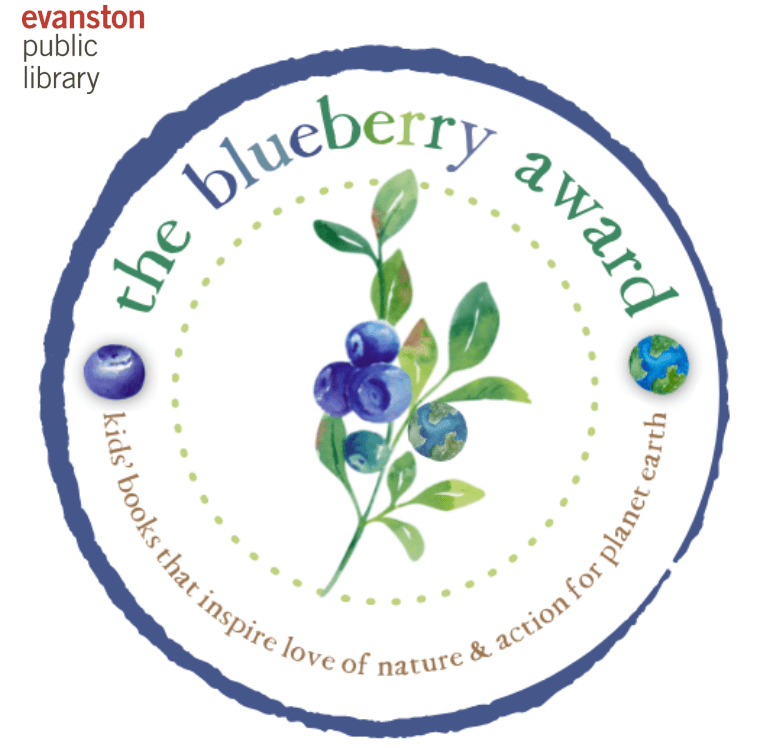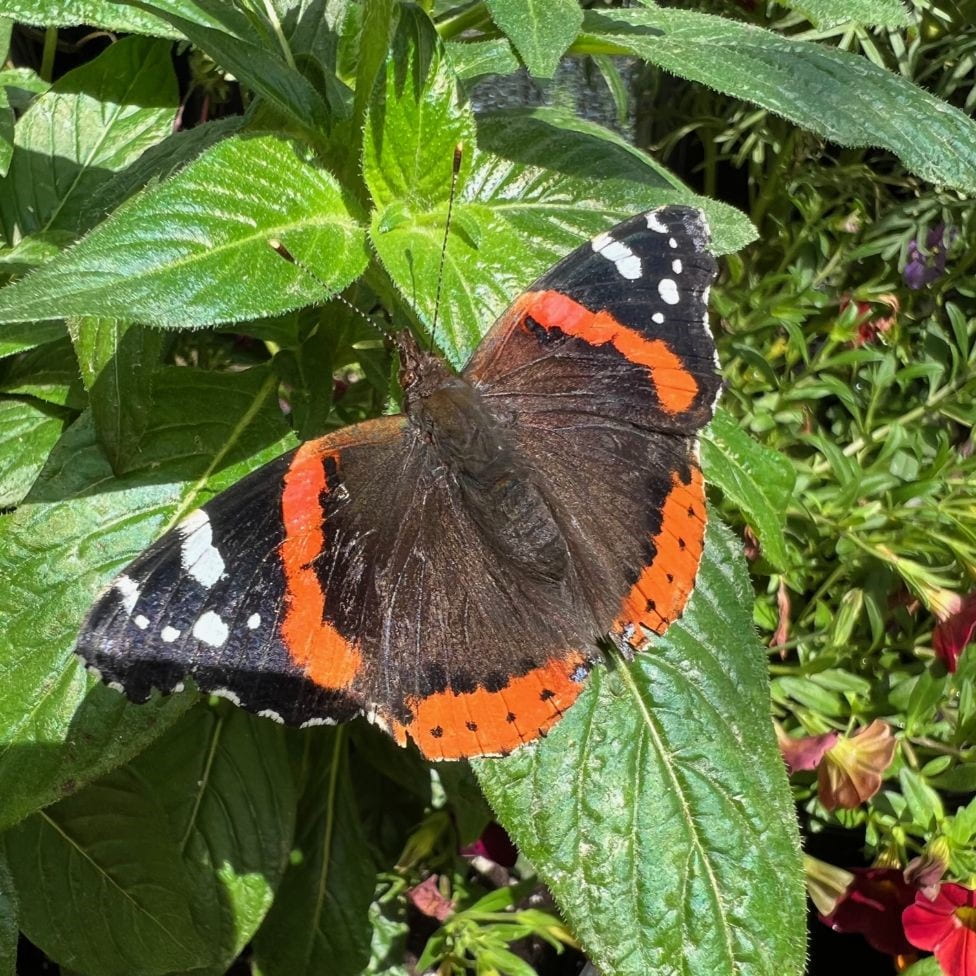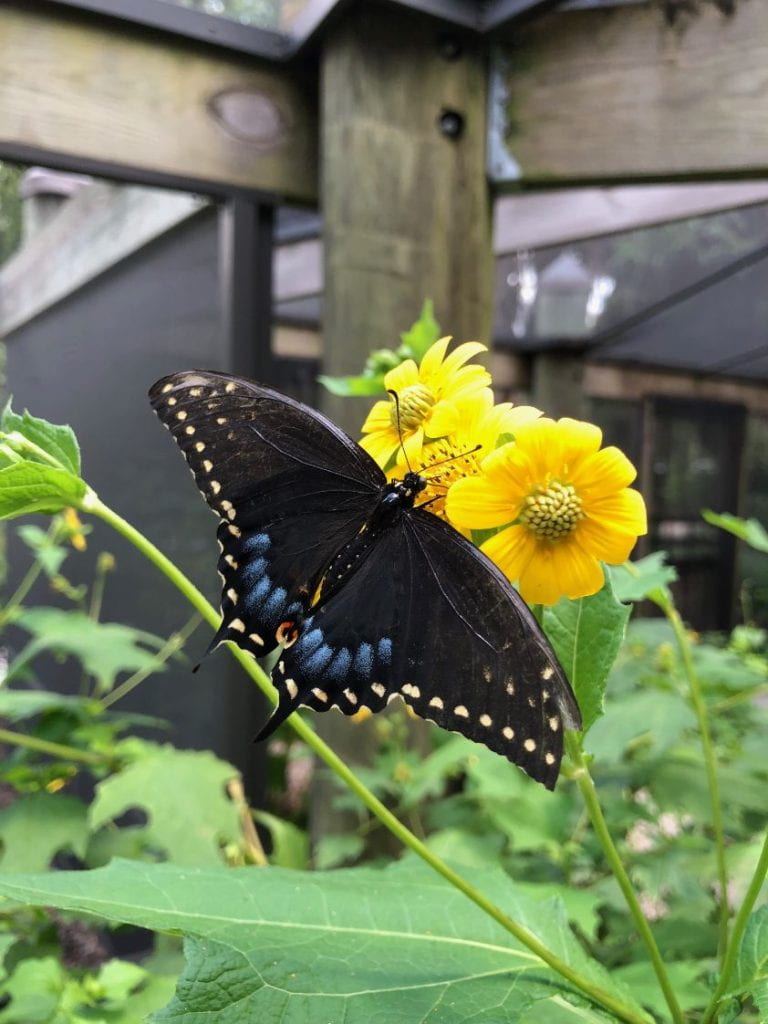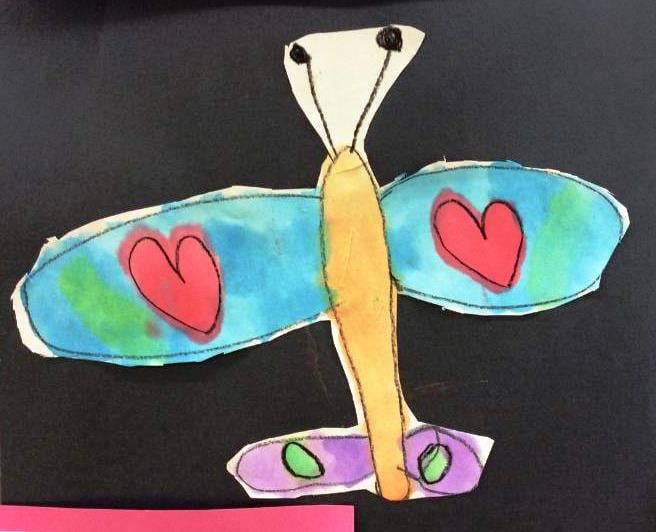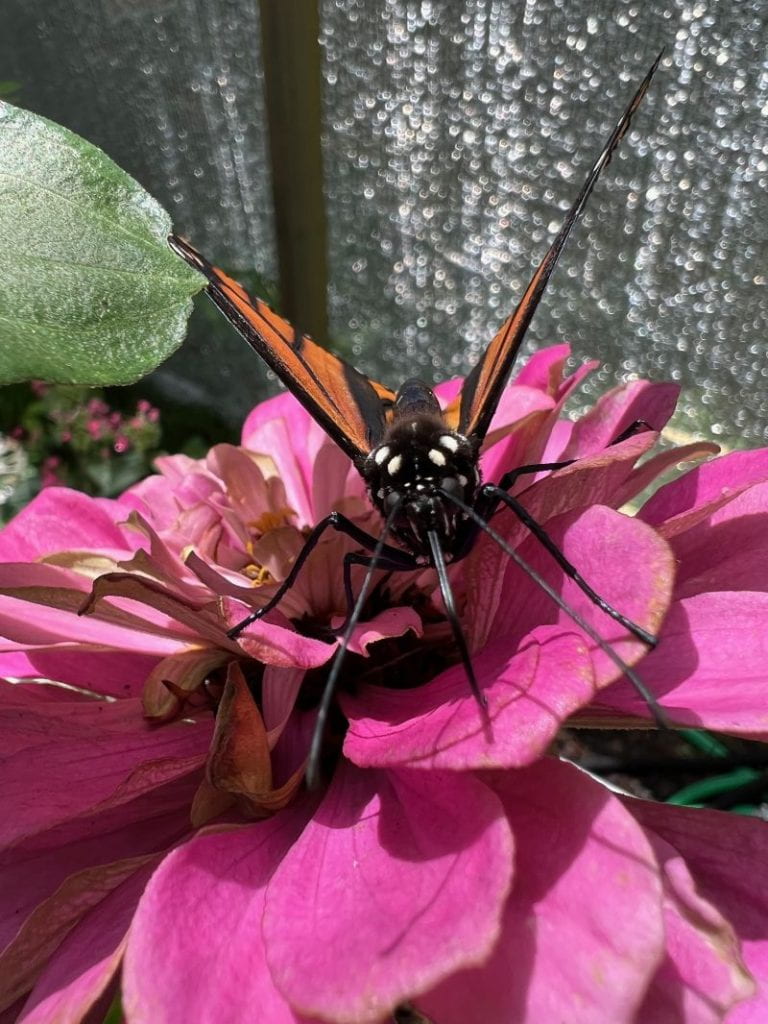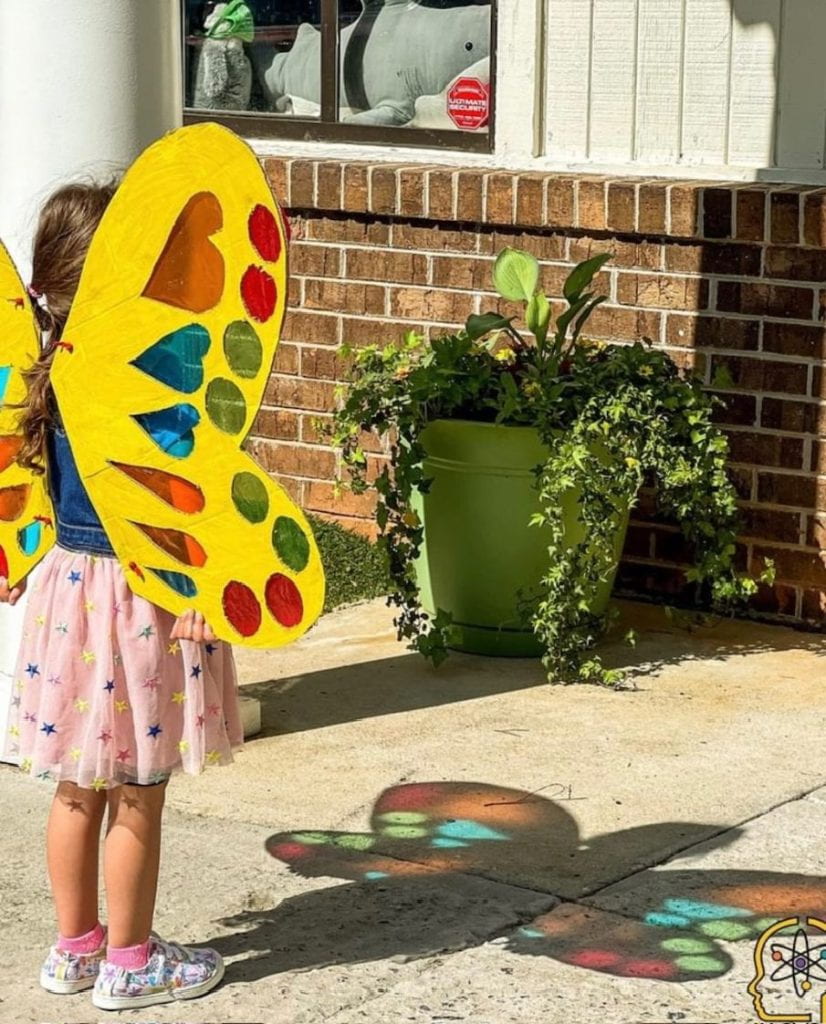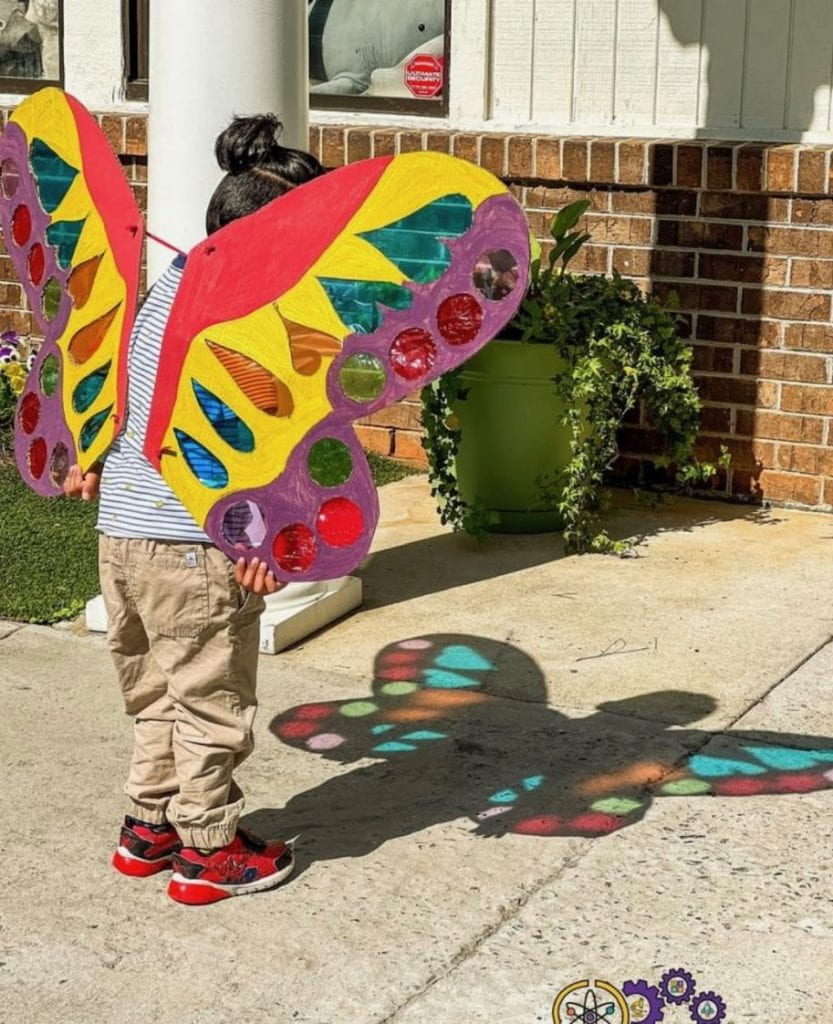A Green Roof!
As I approached the entrance to Dunwoody Nature Center, I was greeted by a pollinator garden on the rooftop of an education building – a creative collaboration between scientists and engineers! Read below to learn how it was created:
“The green roof is made up of layers of specially blended soil, rigid drainage boards, and native plants that attract all kinds of pollinators. Our roof captures rainwater before it can become stormwater. The specially blended soil contains small pebble like aggregates, sand, and composted worm castings, The rigid drainboard has shallow cups. Together, they hold the rainwater long enough to irrigate the plants. Unused rainwater flows into the gutter and trickles slowly down into the rain garden below.”
How do you construct a green roof? Go here to view full screen.
Which plants should be included in a pollinator garden? Go here to watch full screen.
Why are pollinators important? Go here to watch full screen.
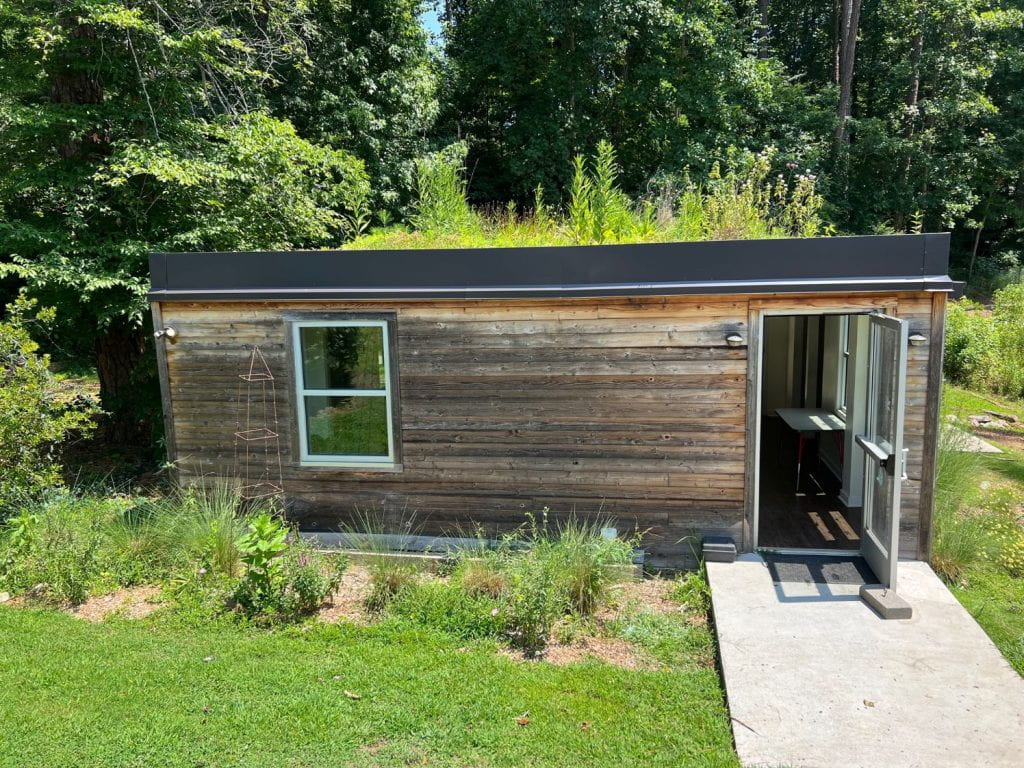


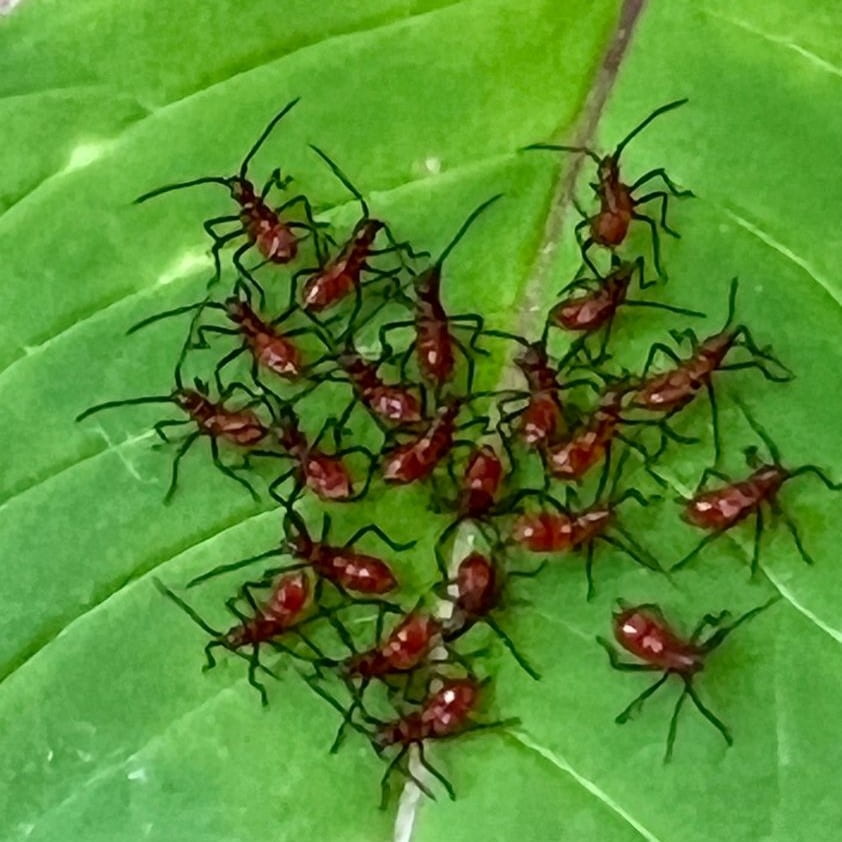
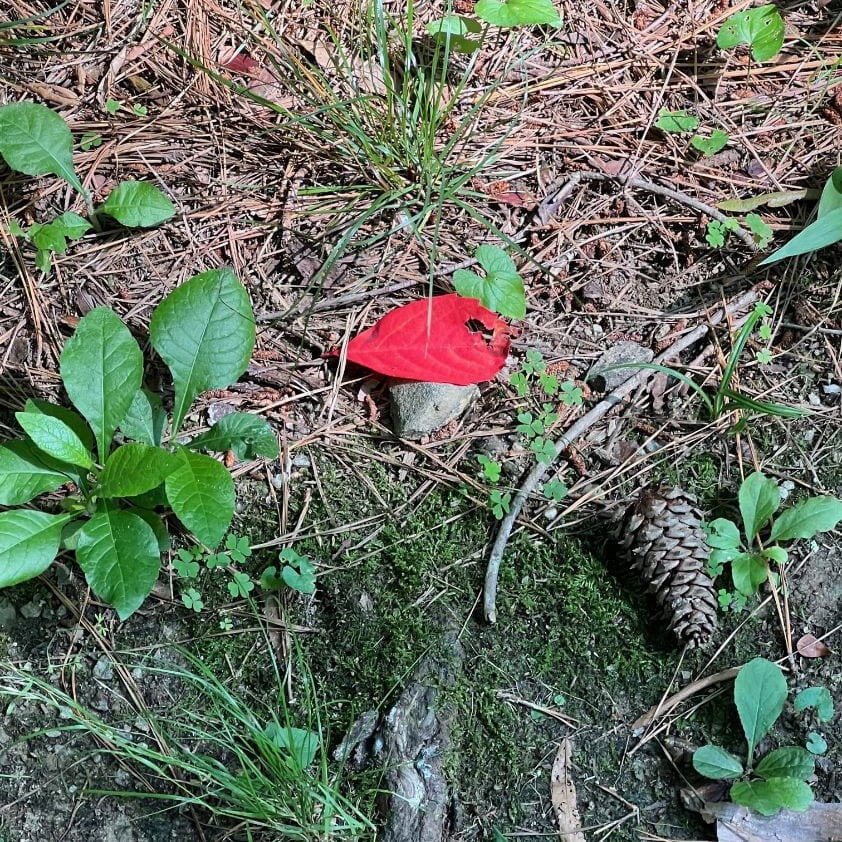
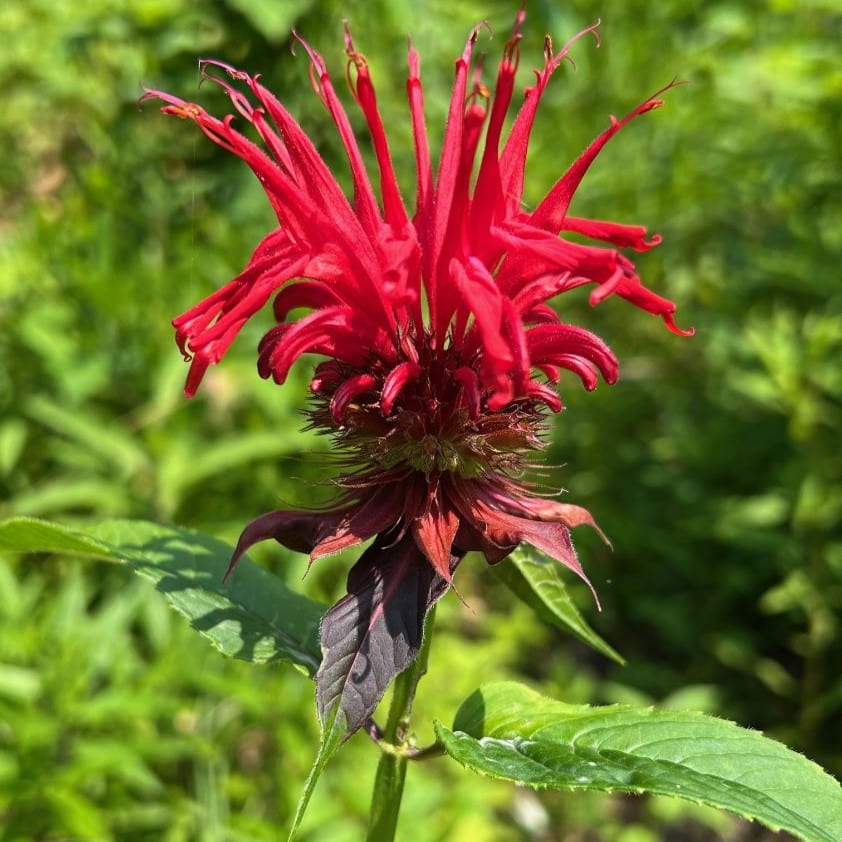

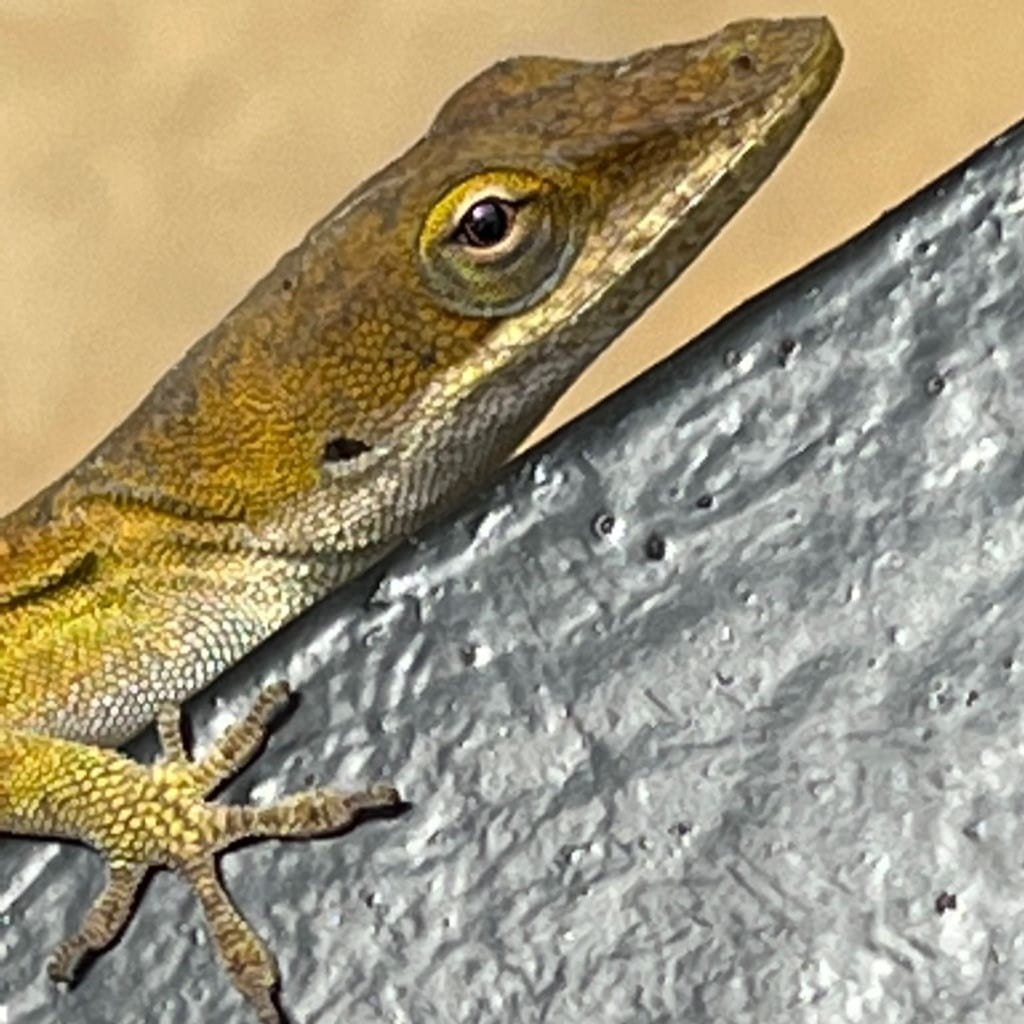

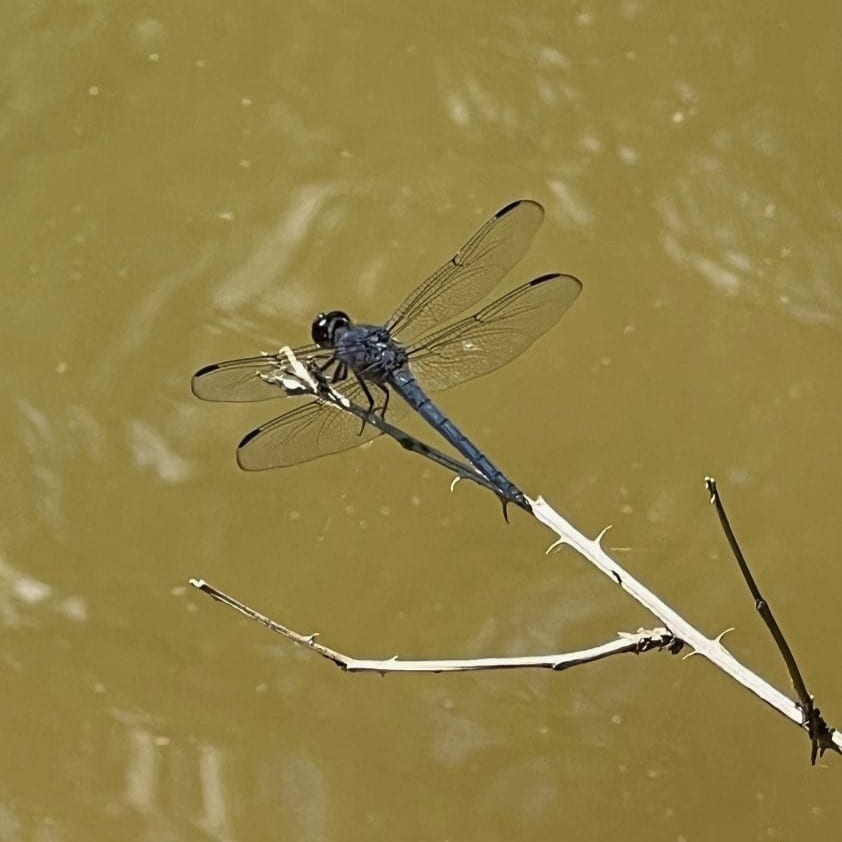
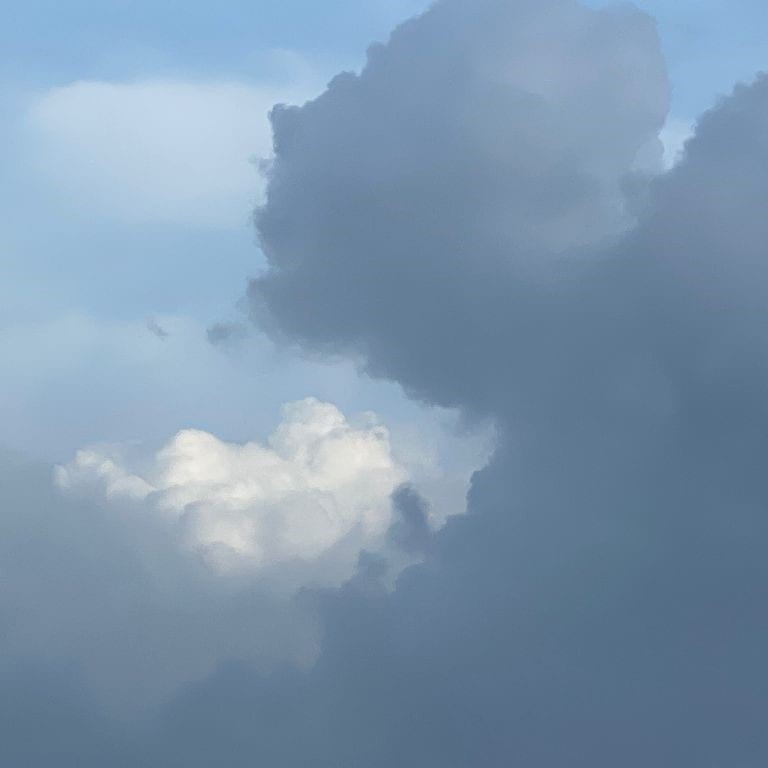
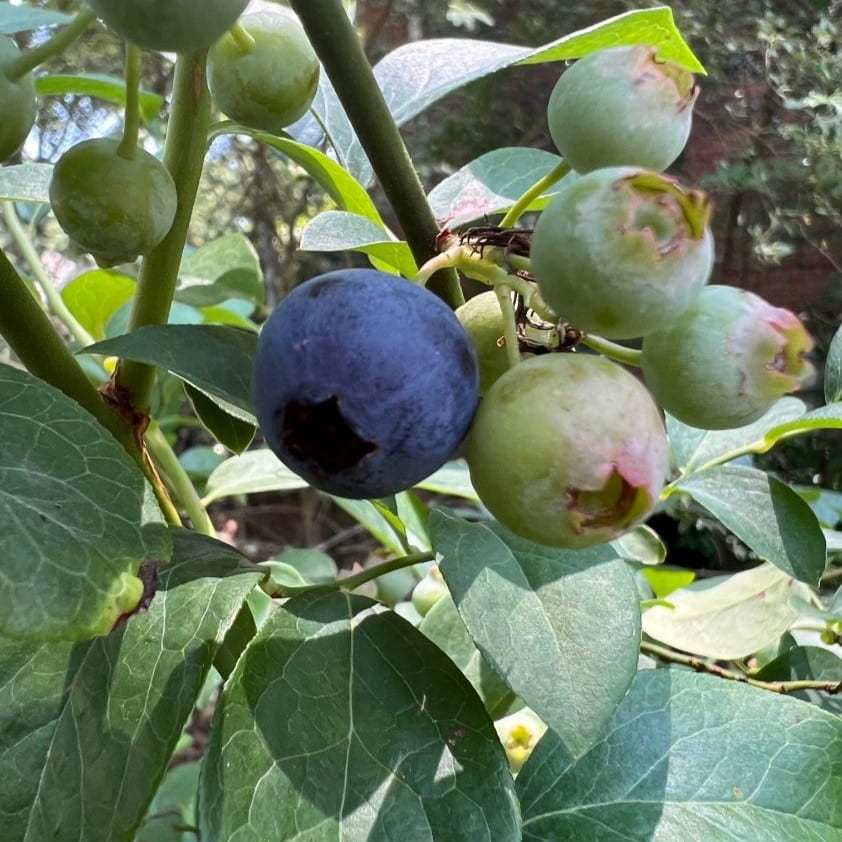
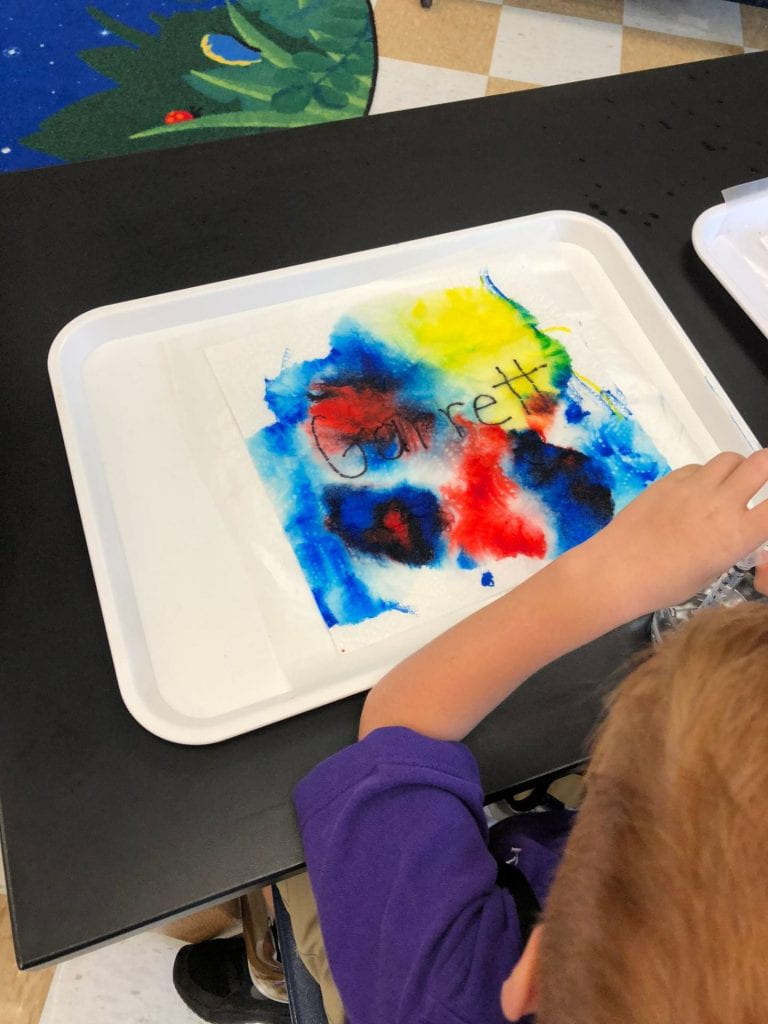
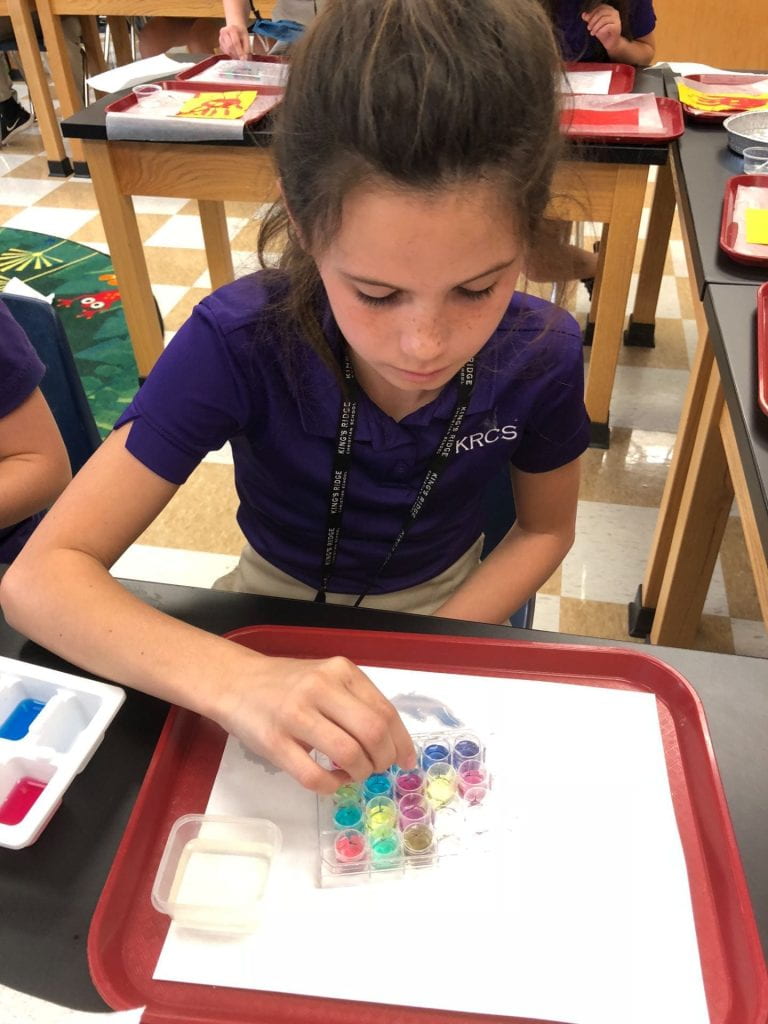

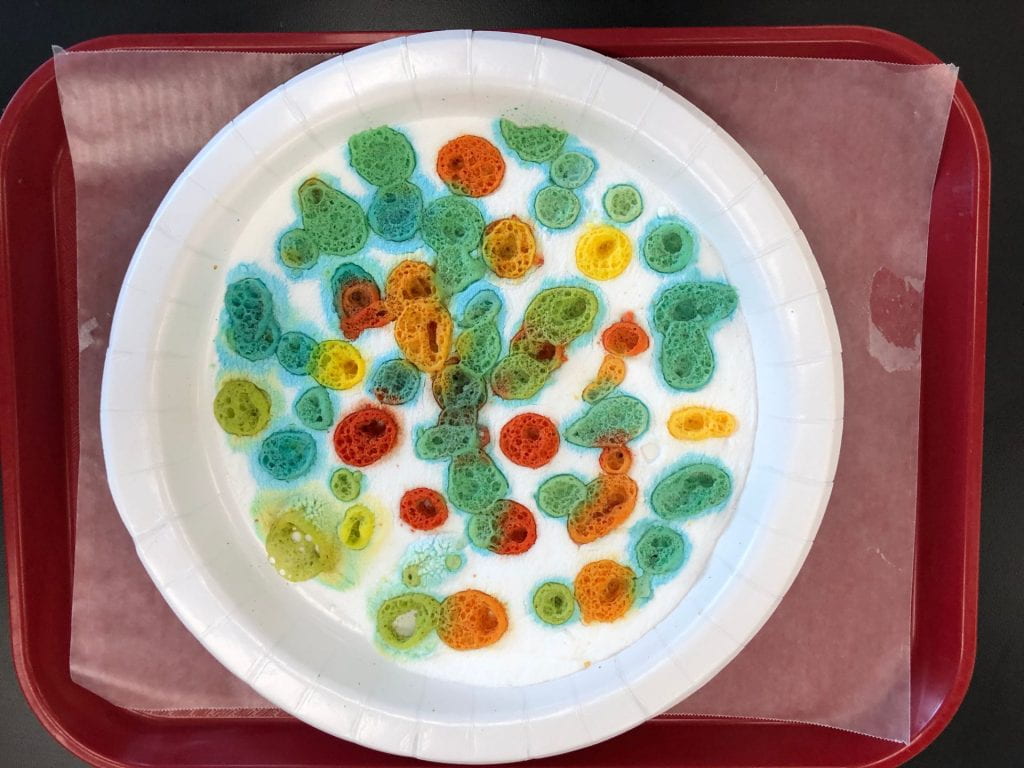
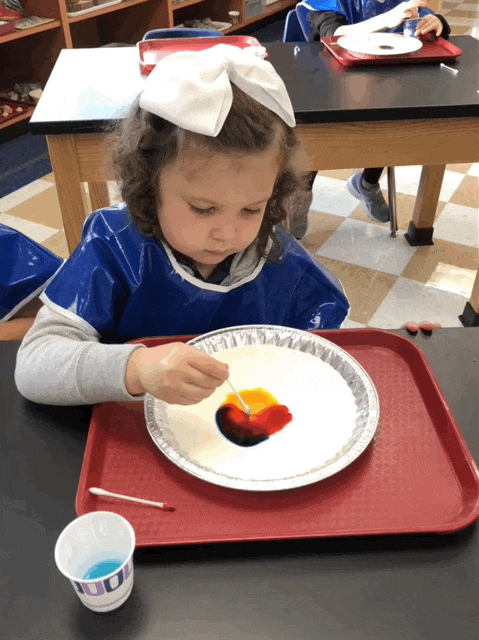
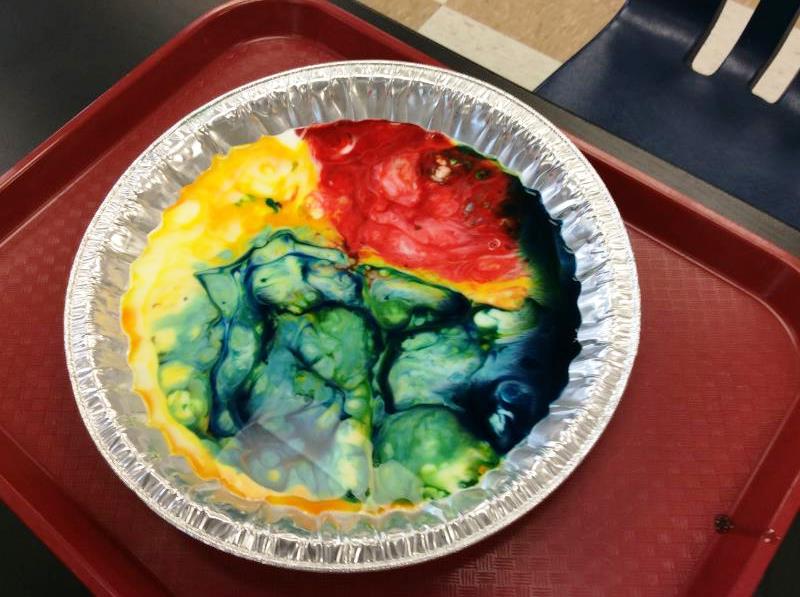
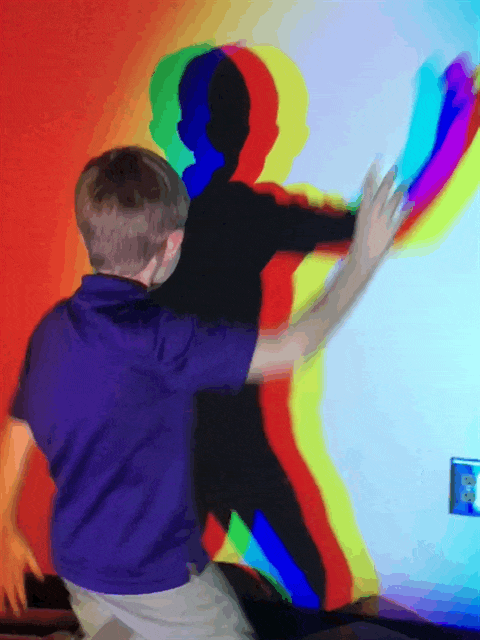
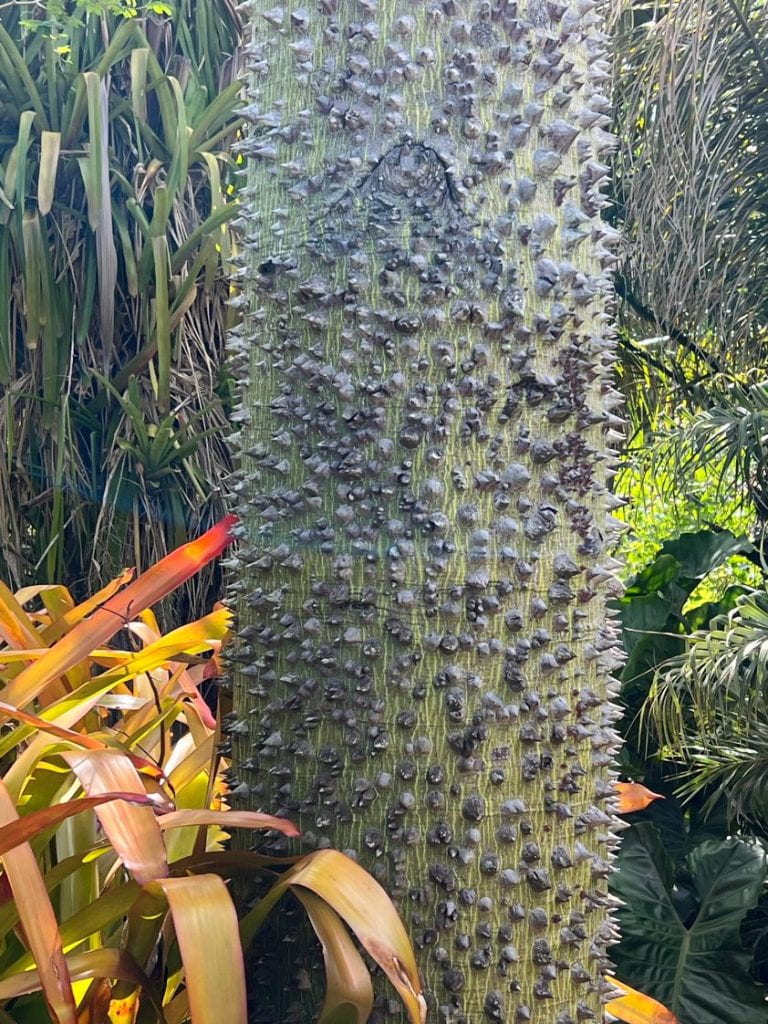
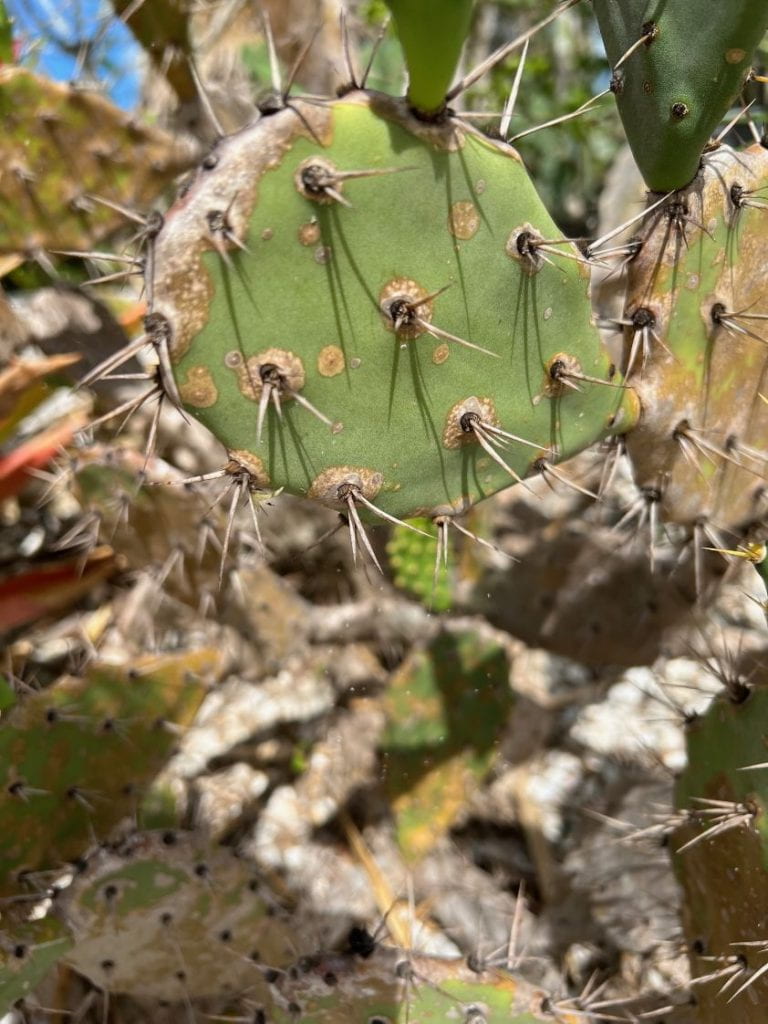
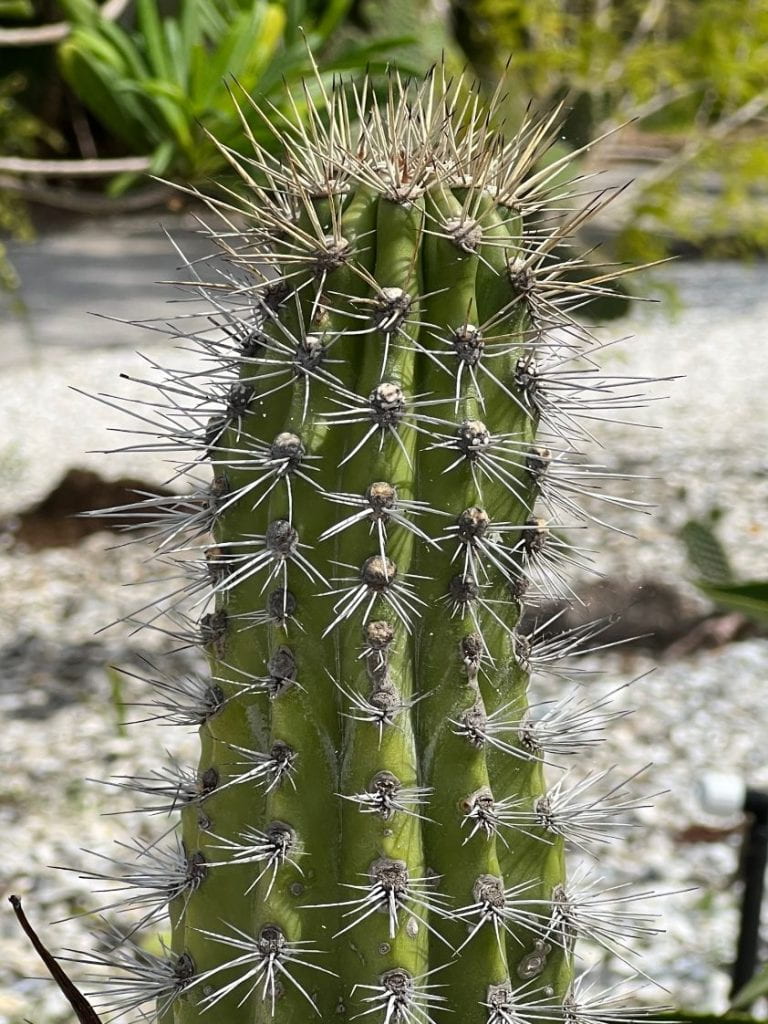
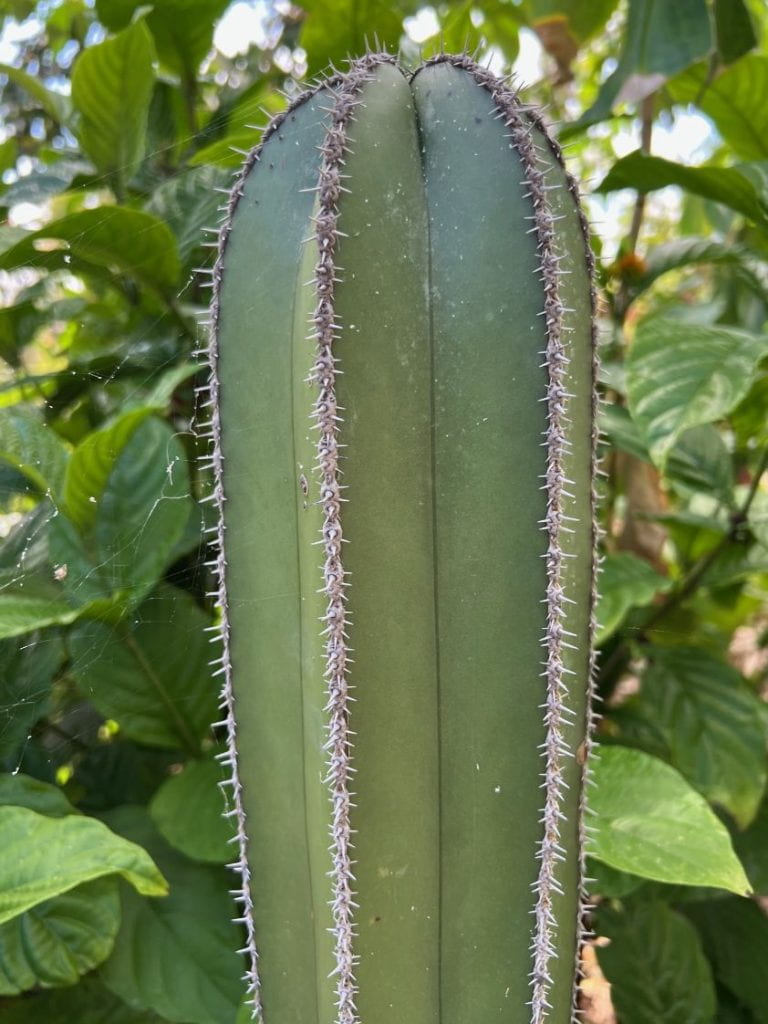
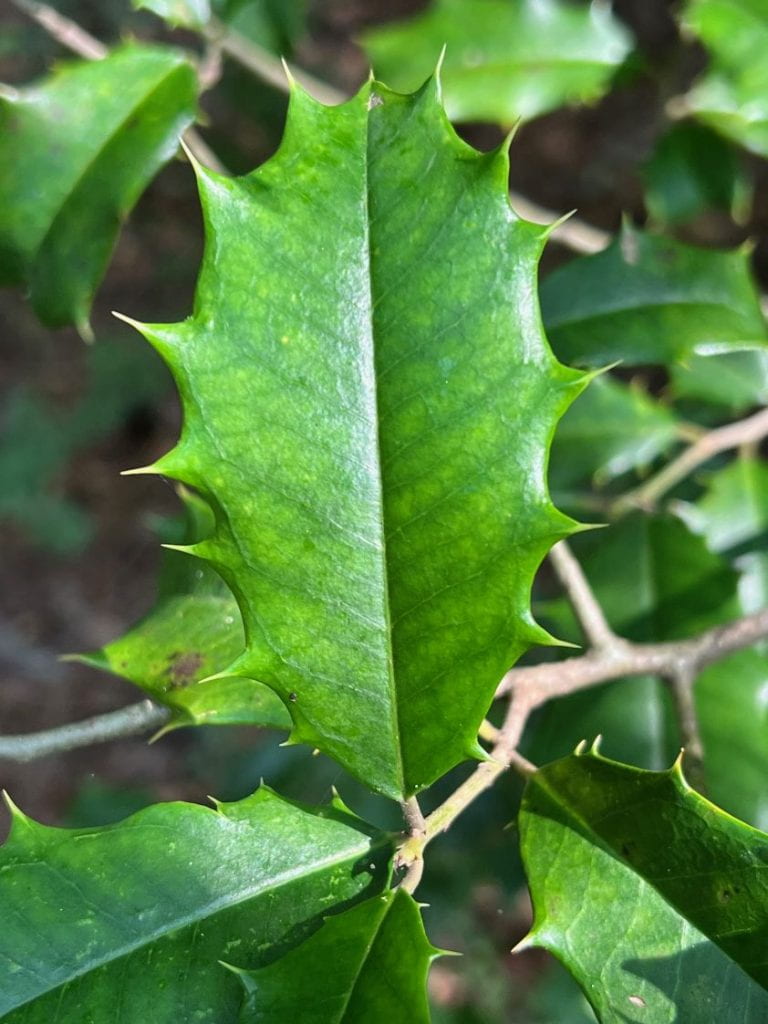
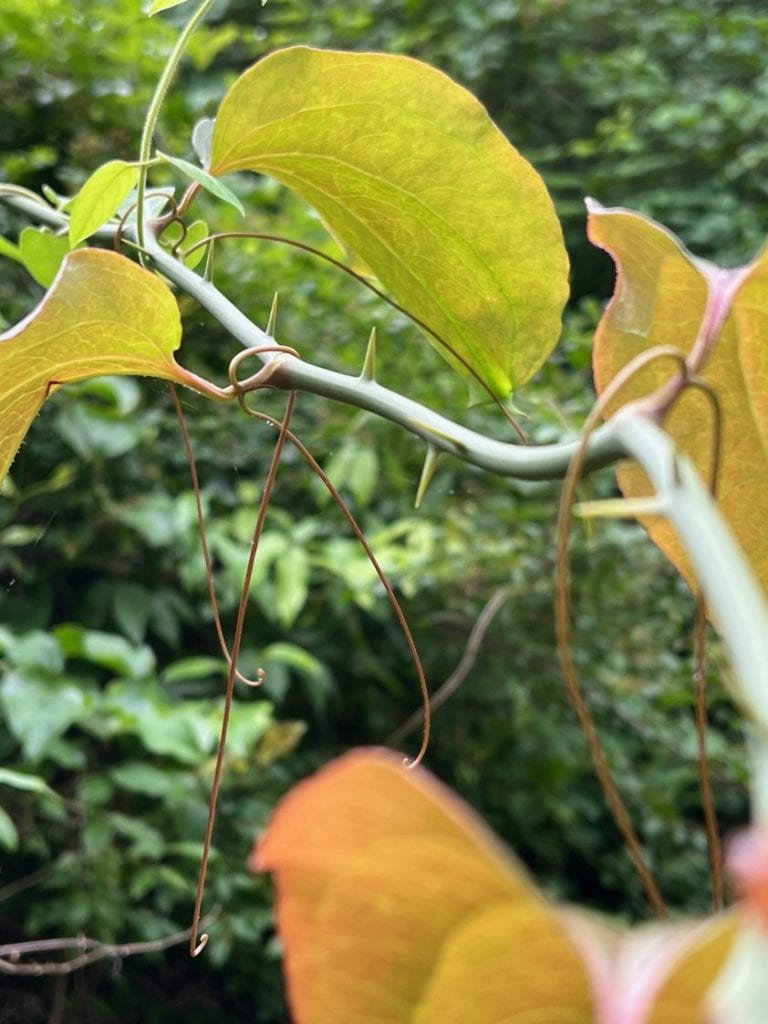
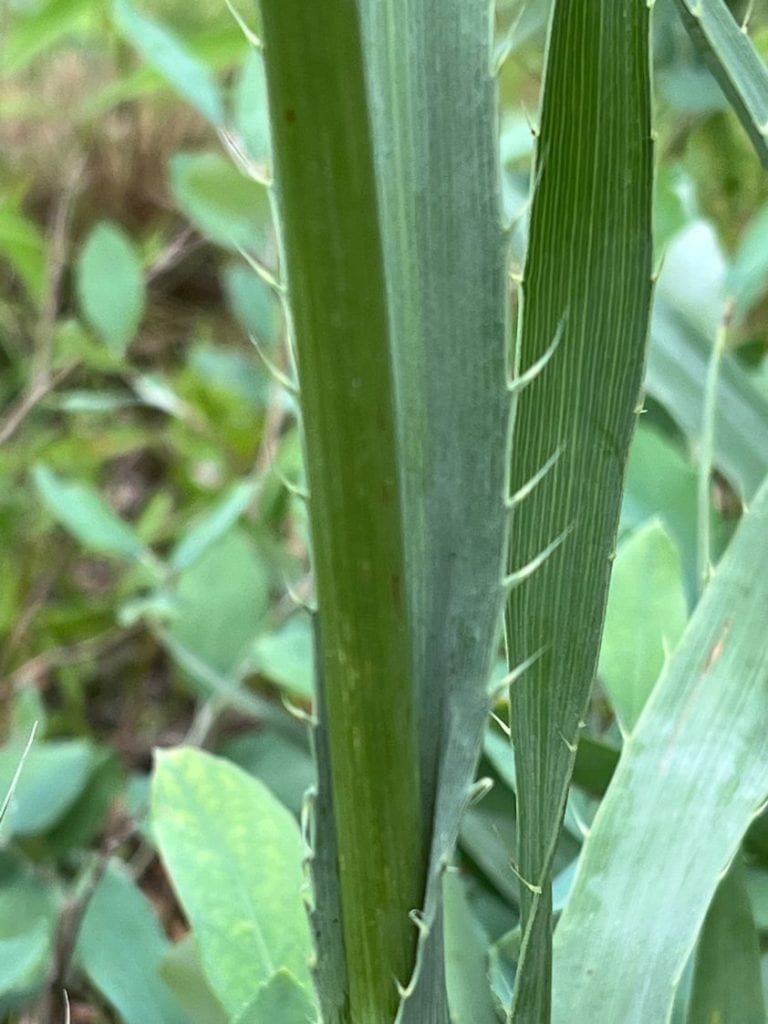
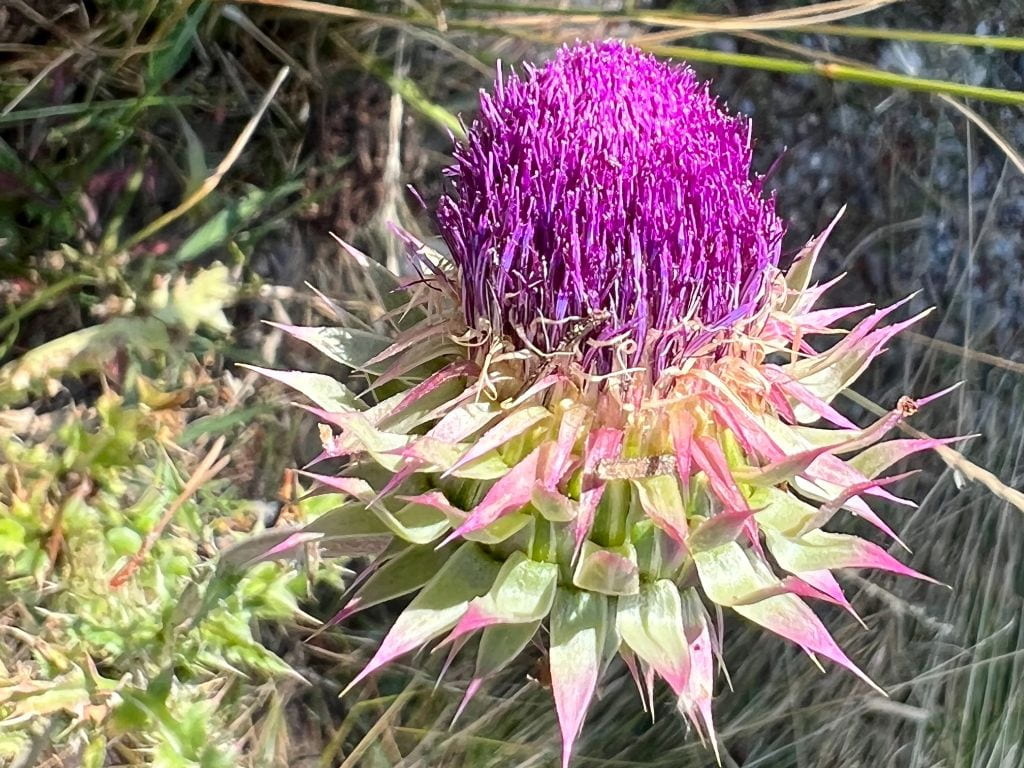
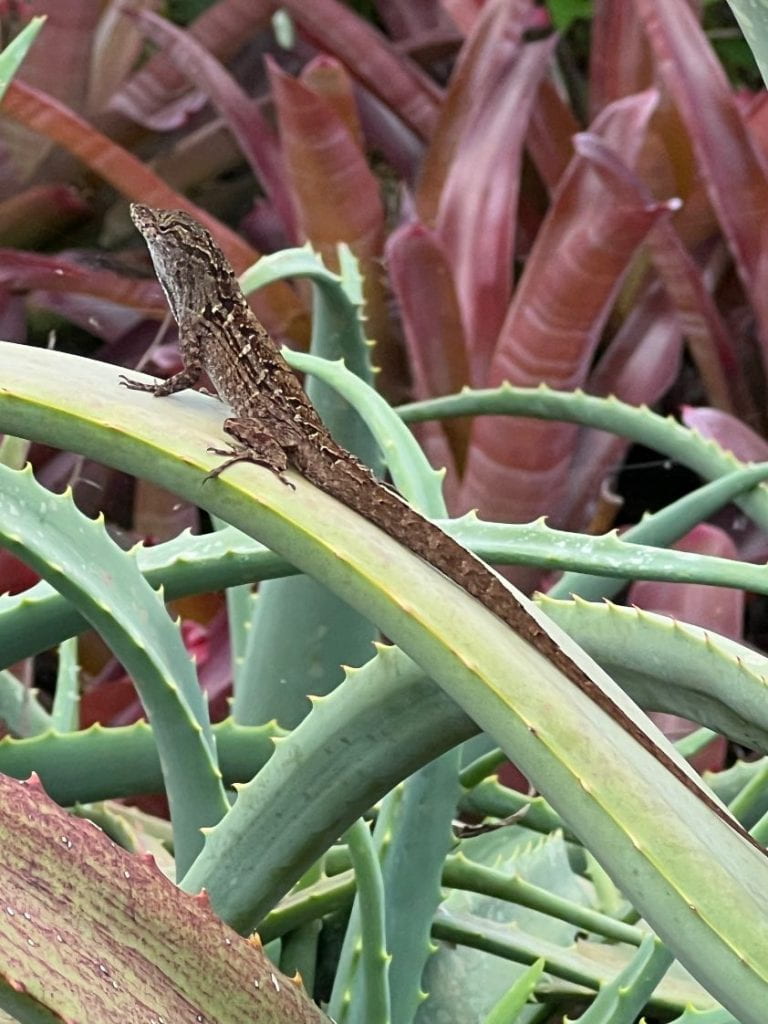
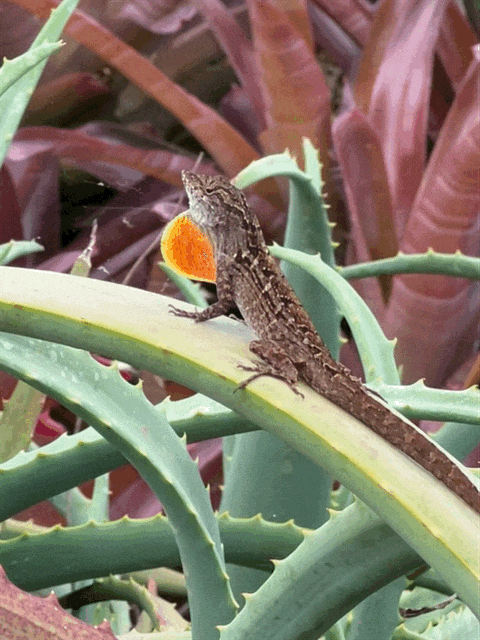
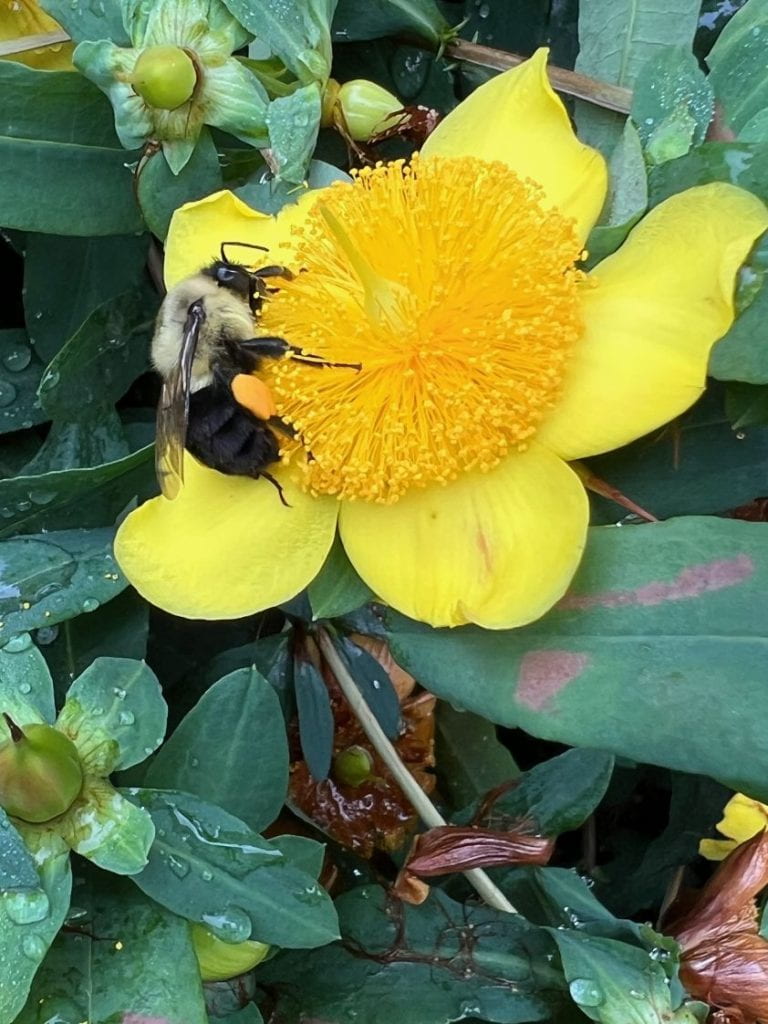
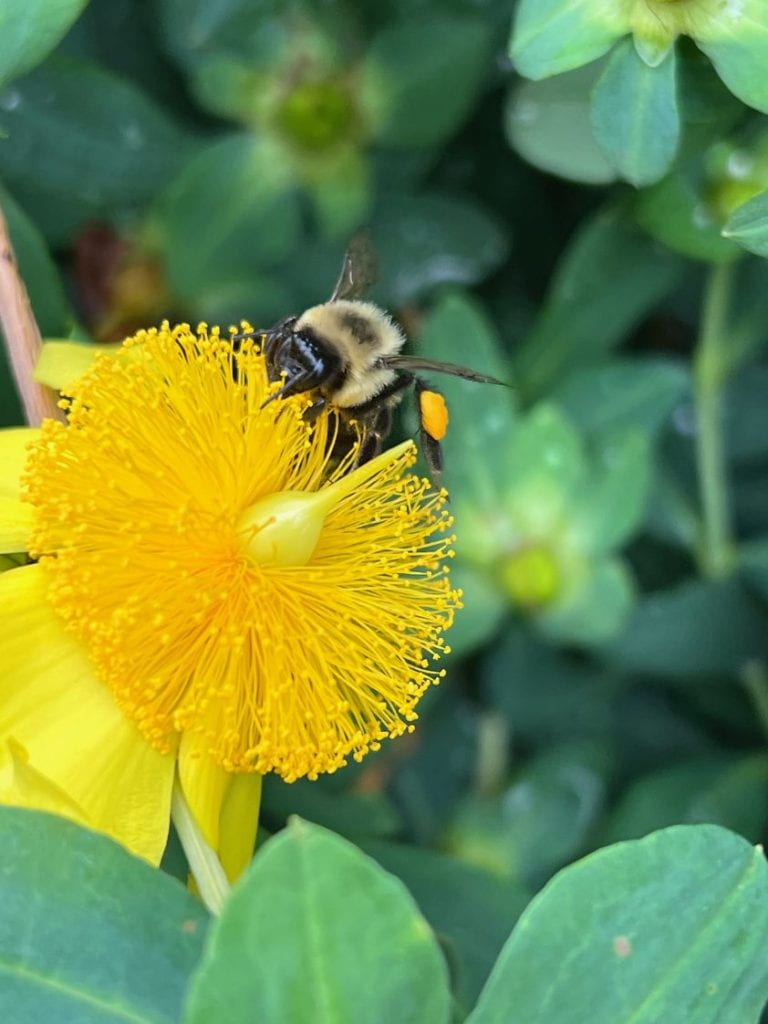
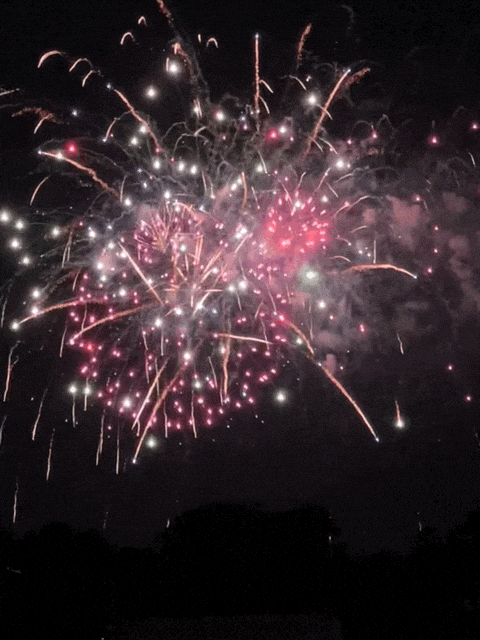
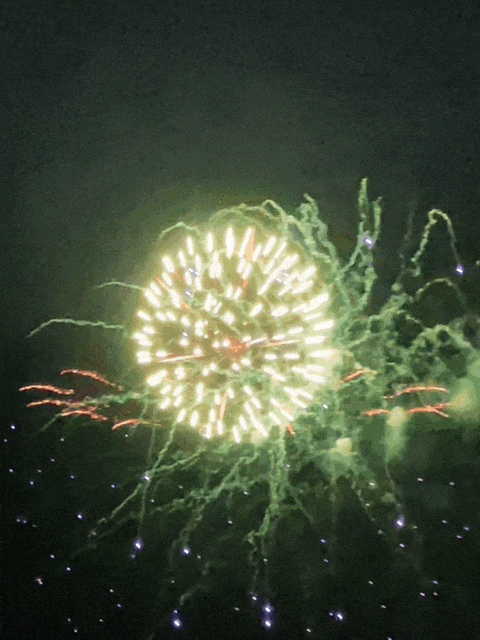
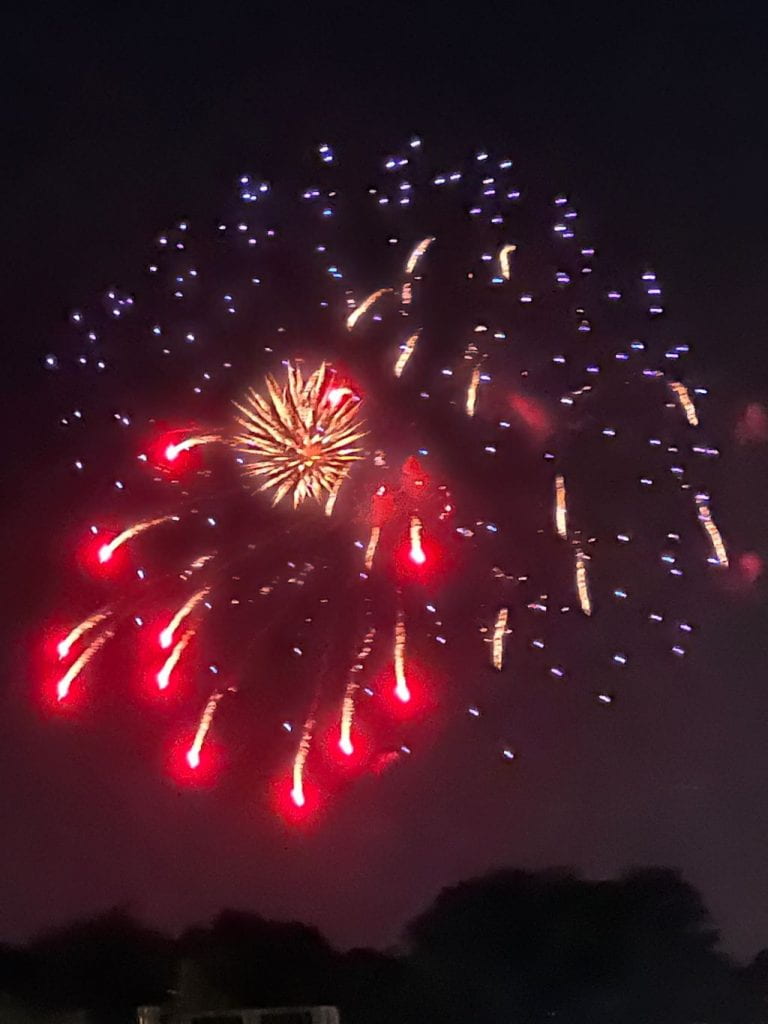
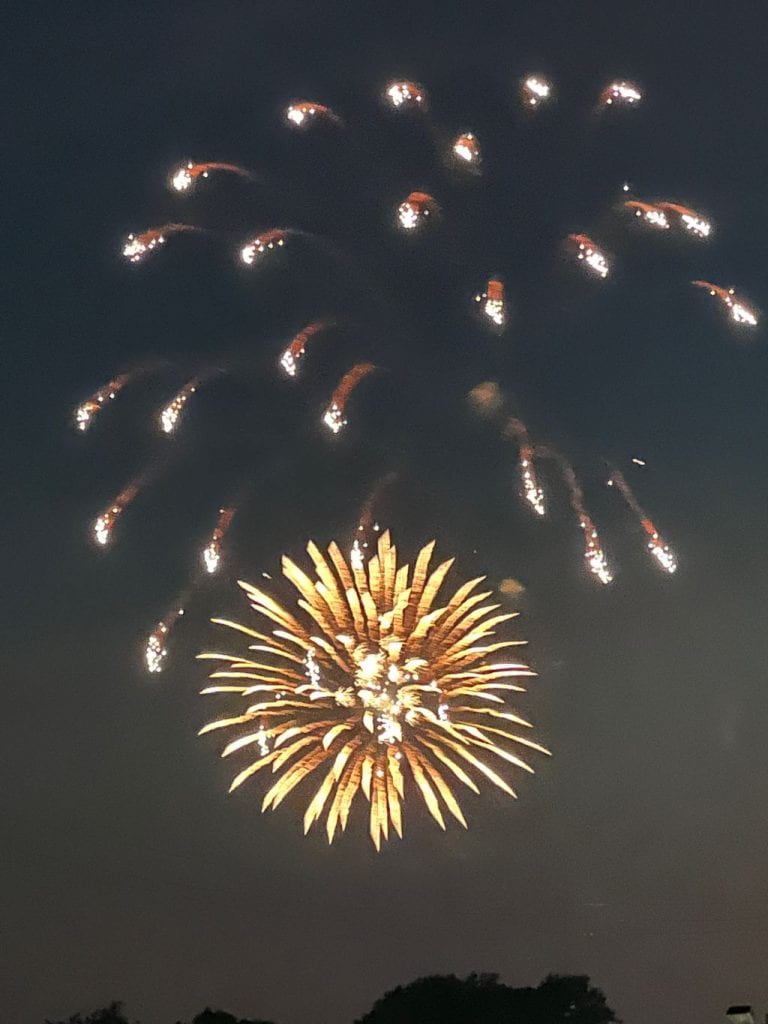


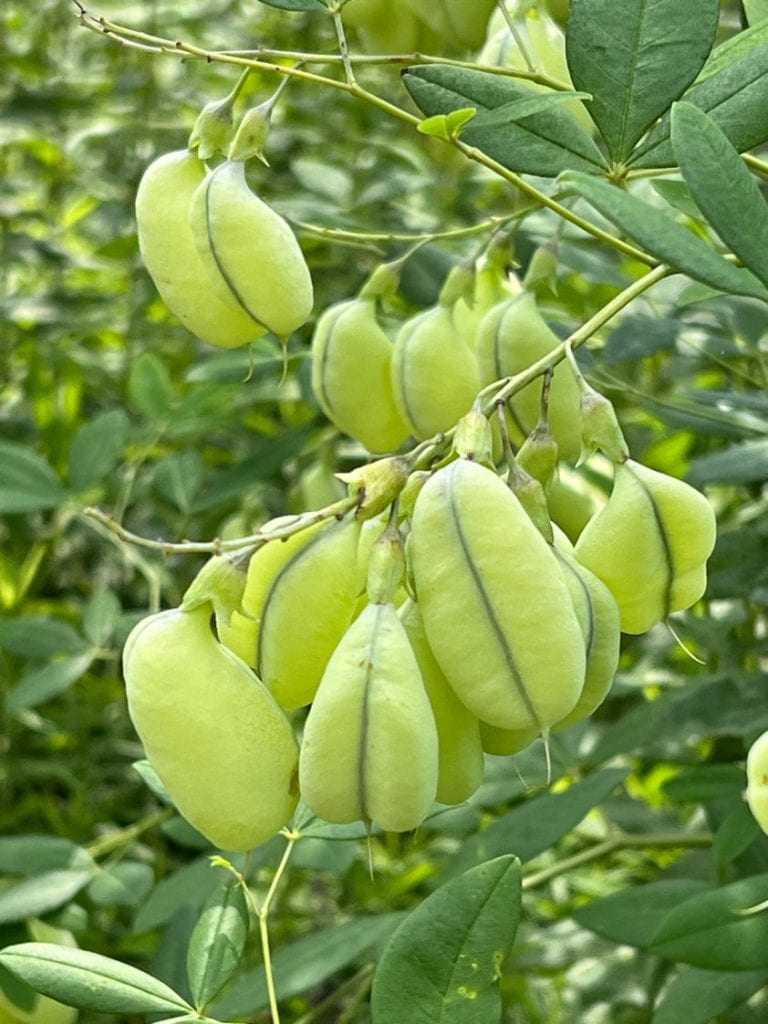
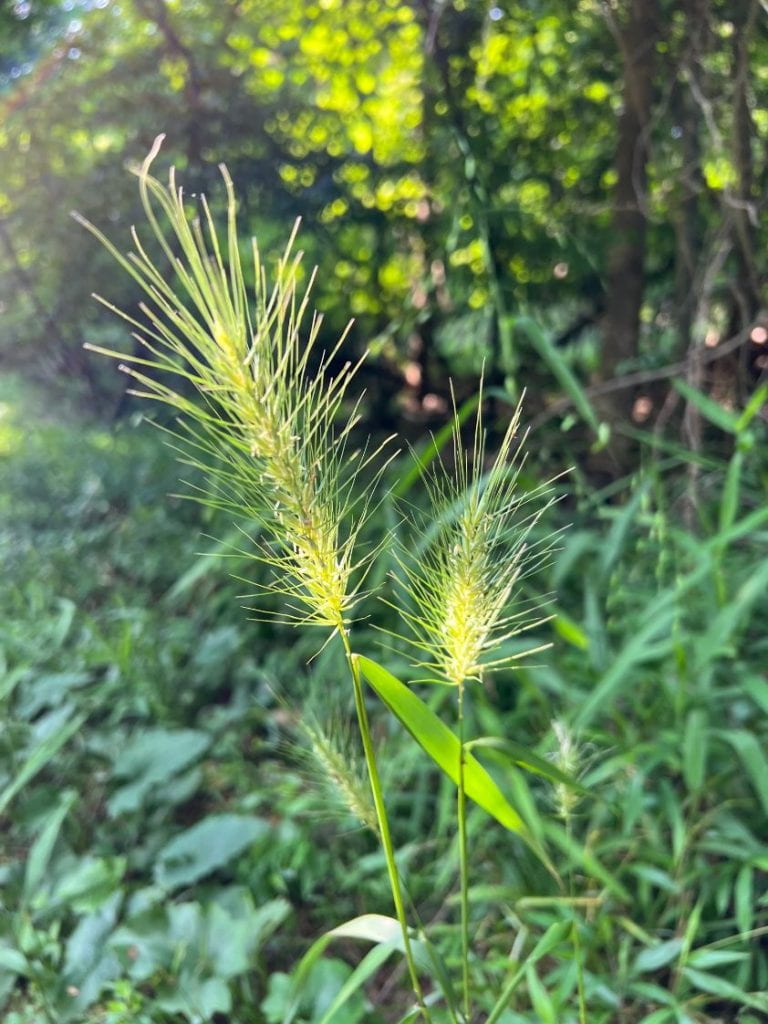
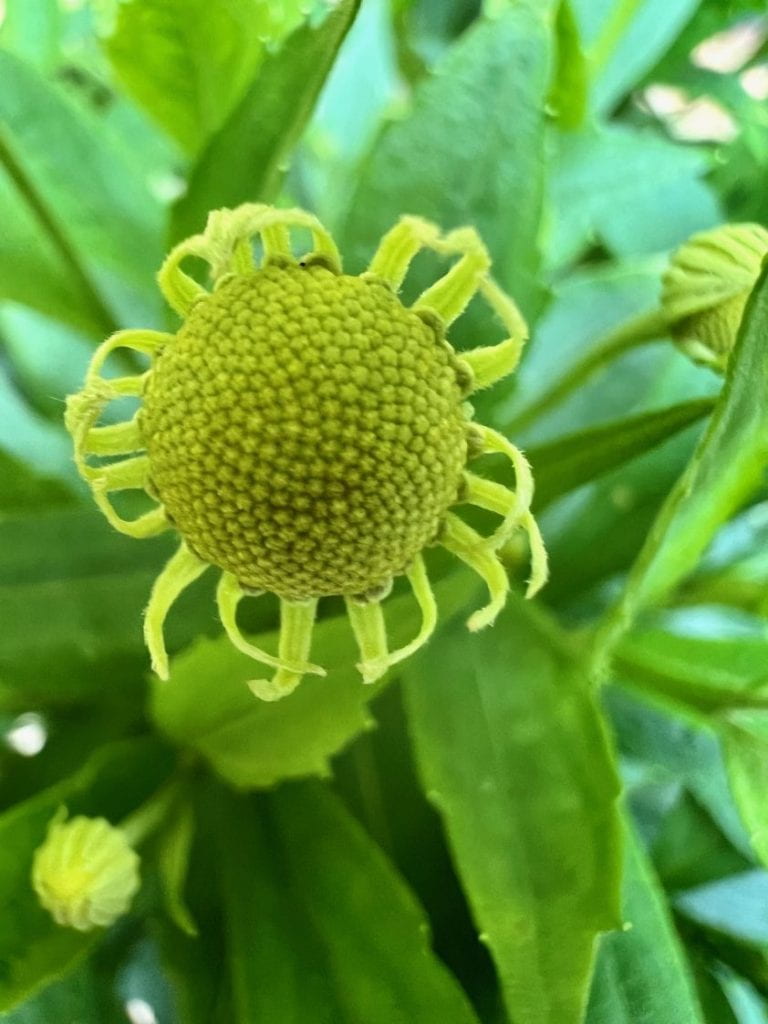

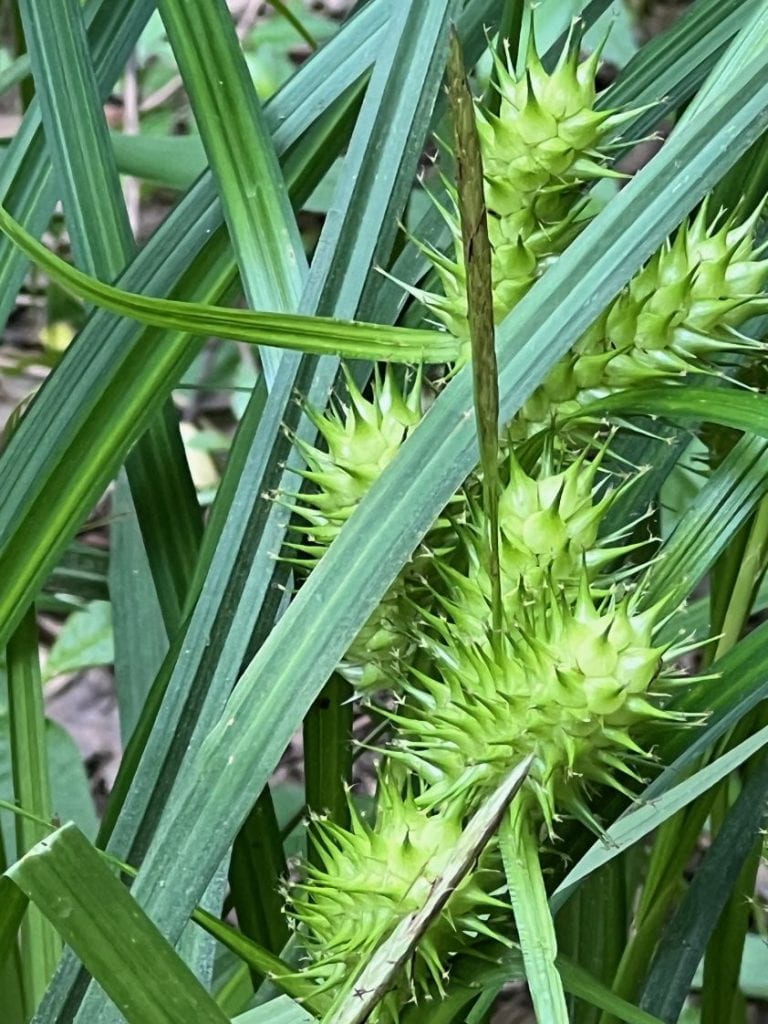

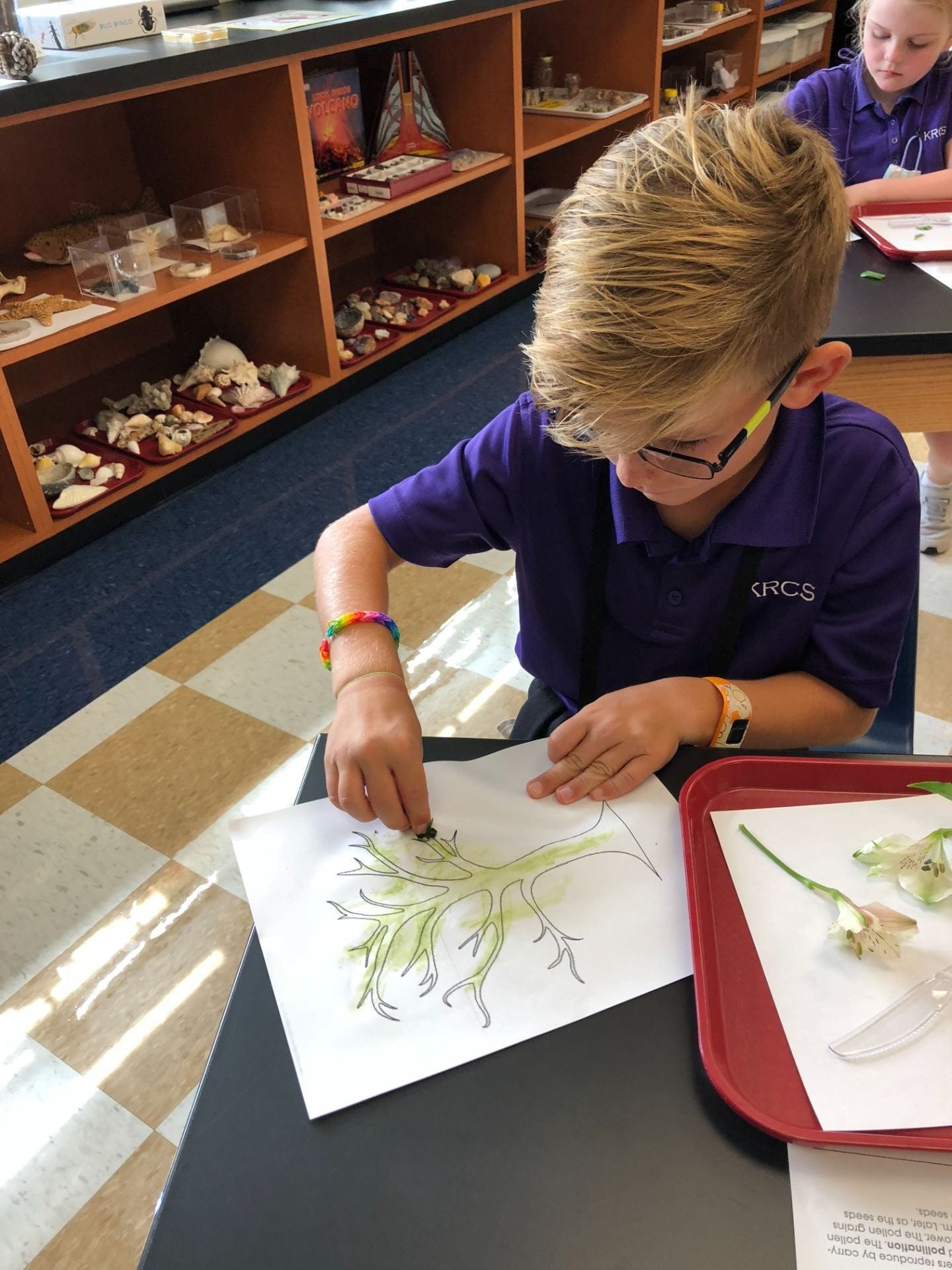
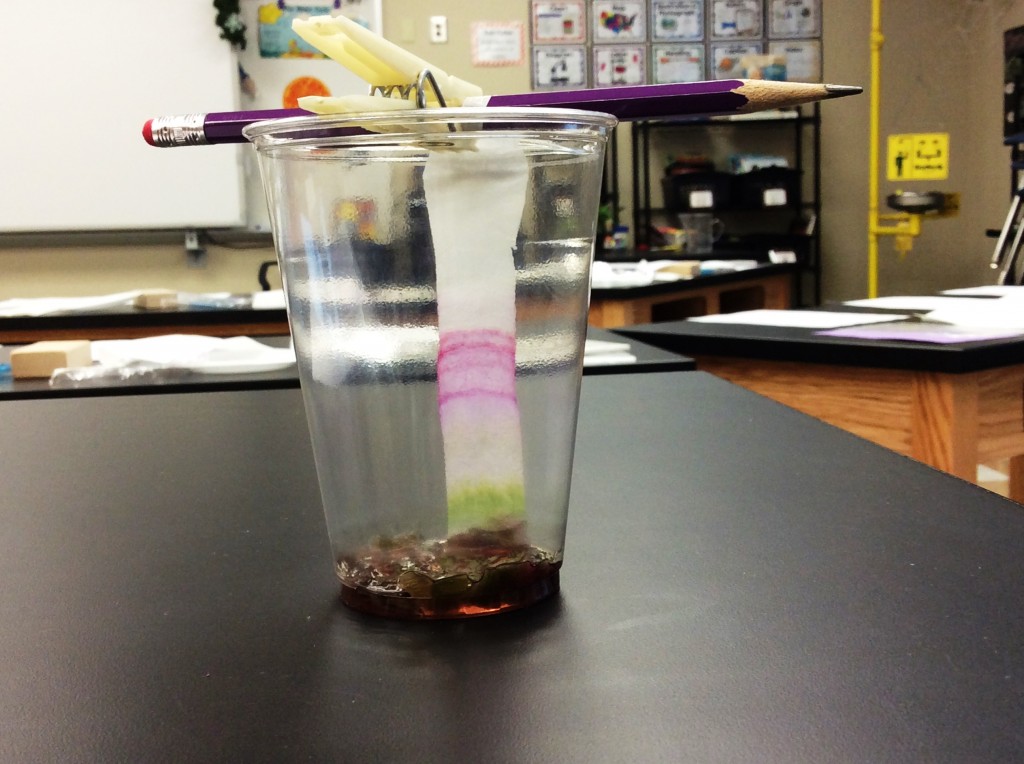
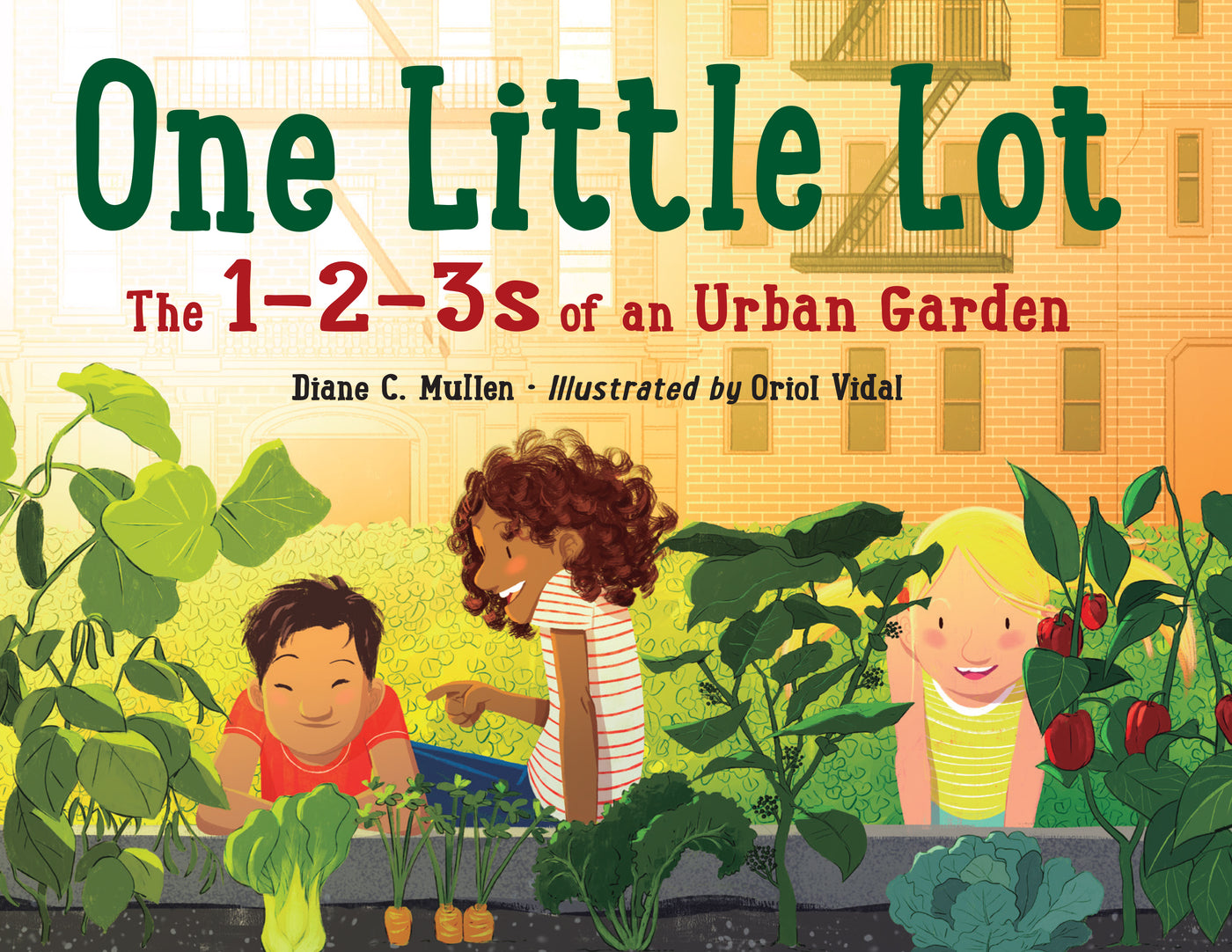

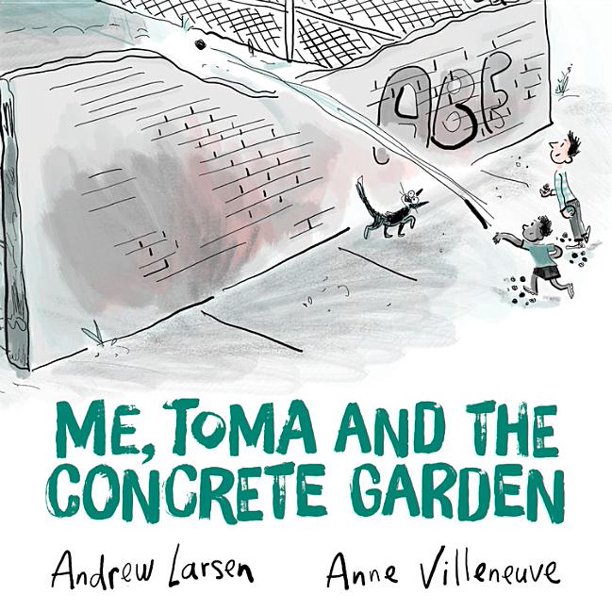


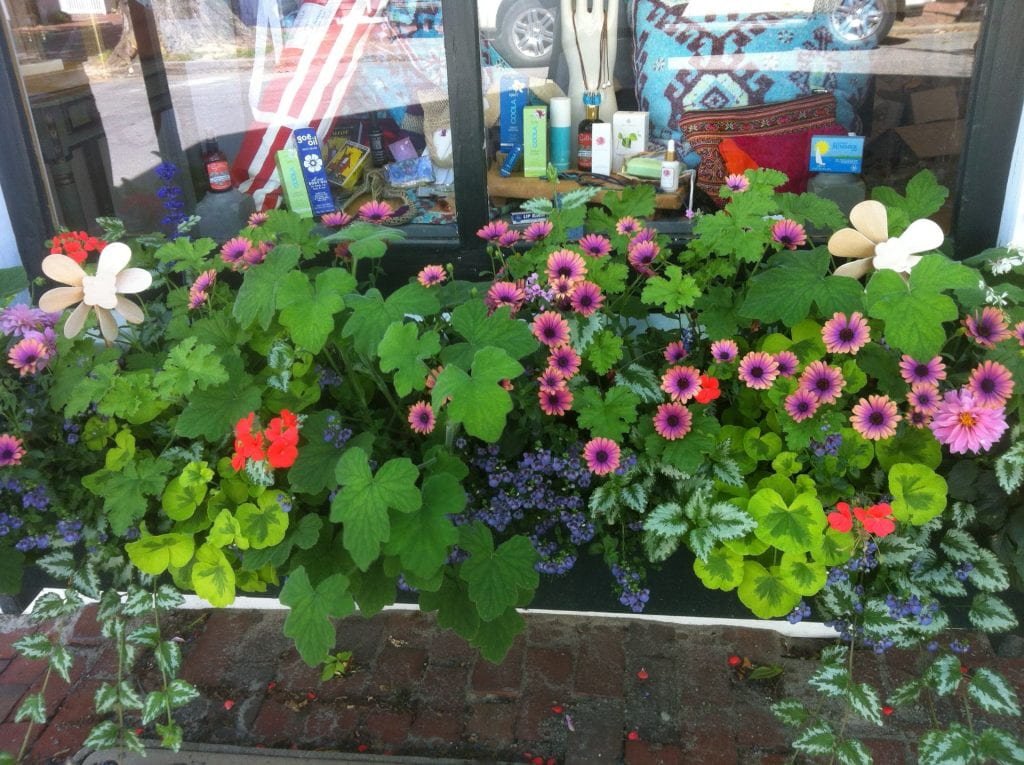
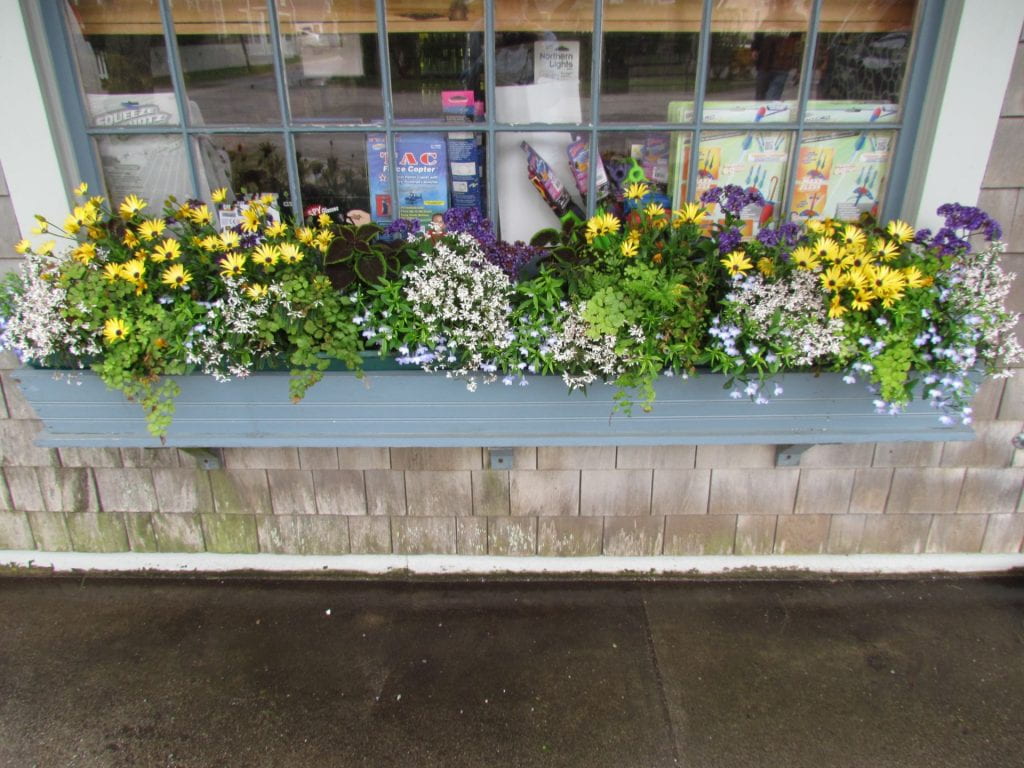
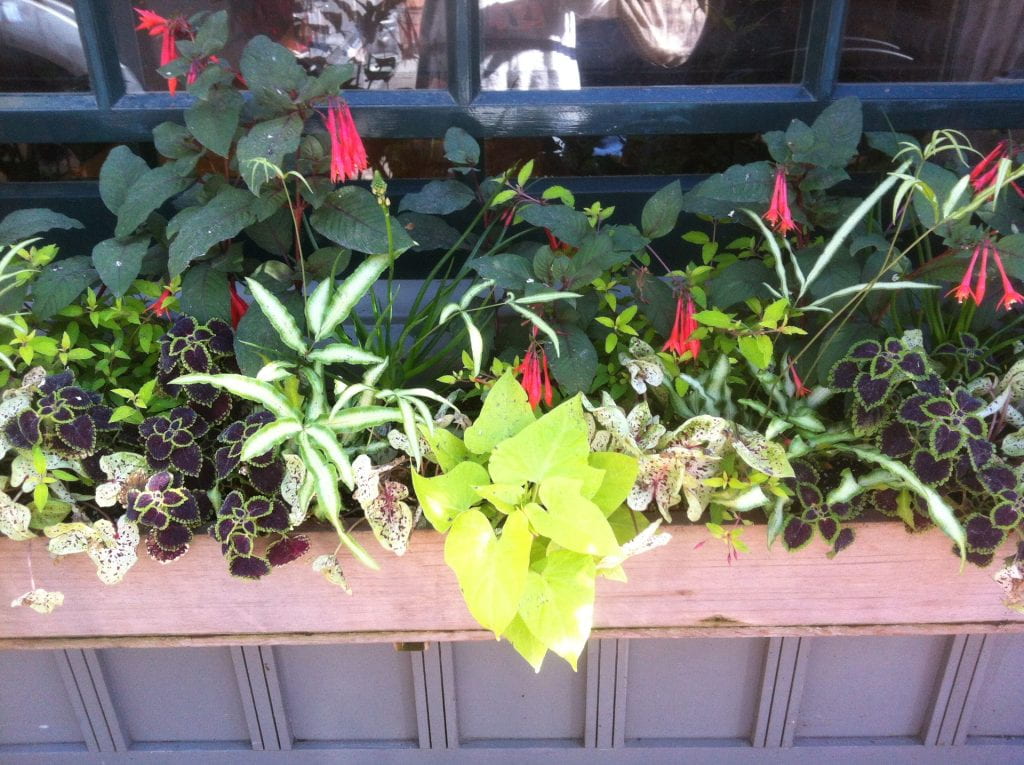
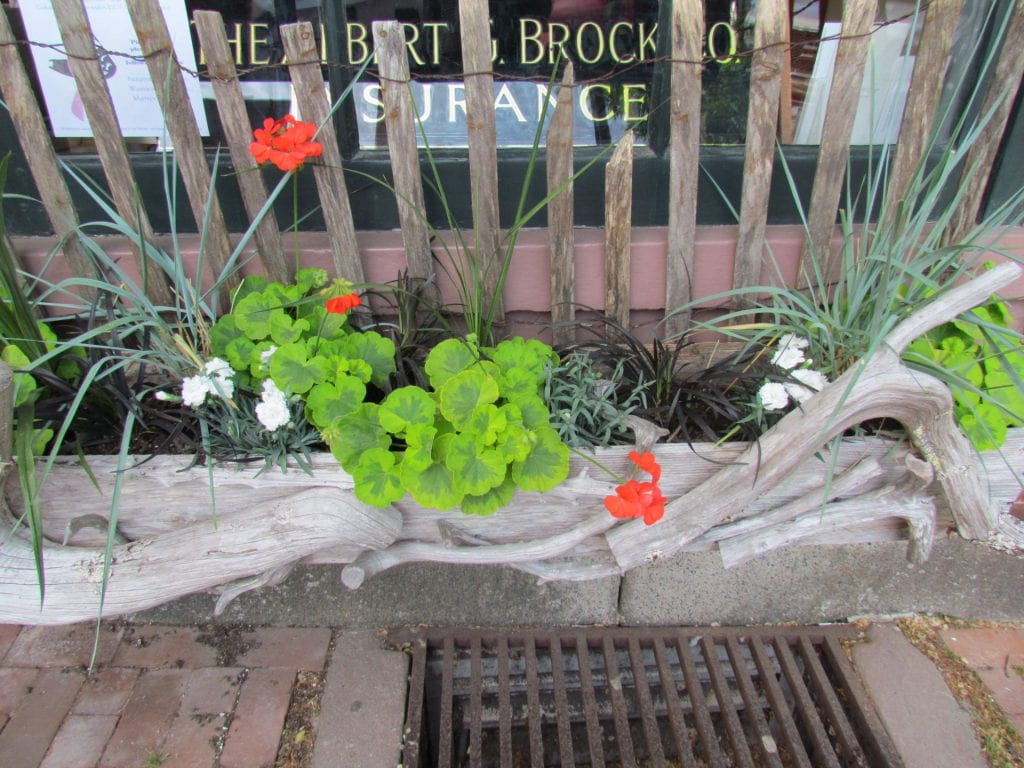
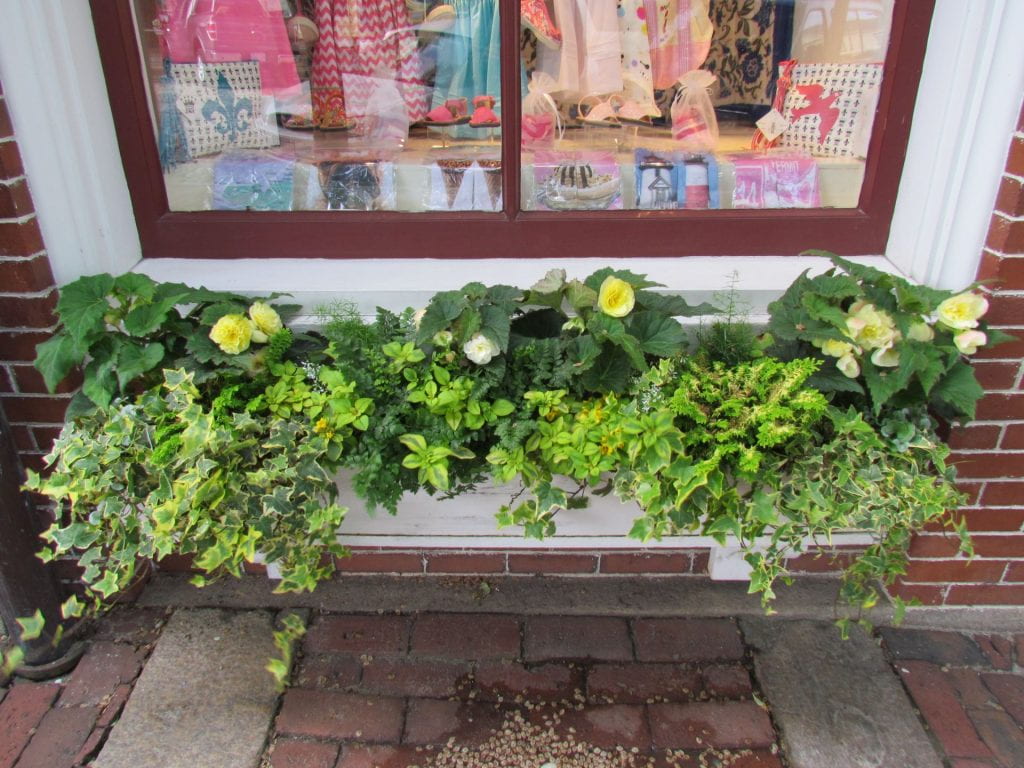
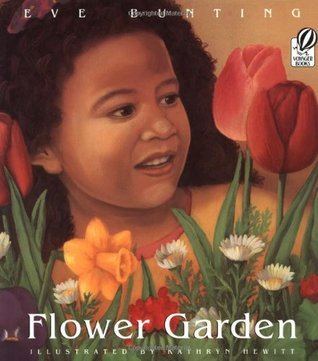

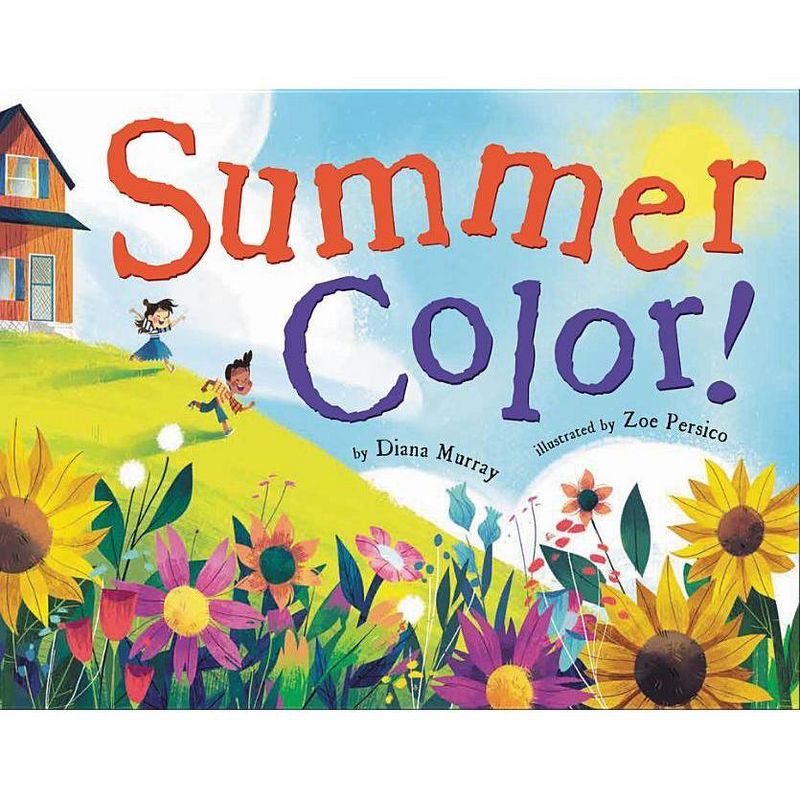 I like walking with intention and purpose. I’ve made a goal this summer to hunt for examples of each color and first up is orange. Often a color associated with fall, I was surprised at the number of orange pops in the summer landscape just waiting to be discovered. Now it’s your turn, how many orange items can you find – maybe a bird, stone, sunset, or shell? I tried to snap a photo of a chipmunk, but it was too fast!
I like walking with intention and purpose. I’ve made a goal this summer to hunt for examples of each color and first up is orange. Often a color associated with fall, I was surprised at the number of orange pops in the summer landscape just waiting to be discovered. Now it’s your turn, how many orange items can you find – maybe a bird, stone, sunset, or shell? I tried to snap a photo of a chipmunk, but it was too fast!








